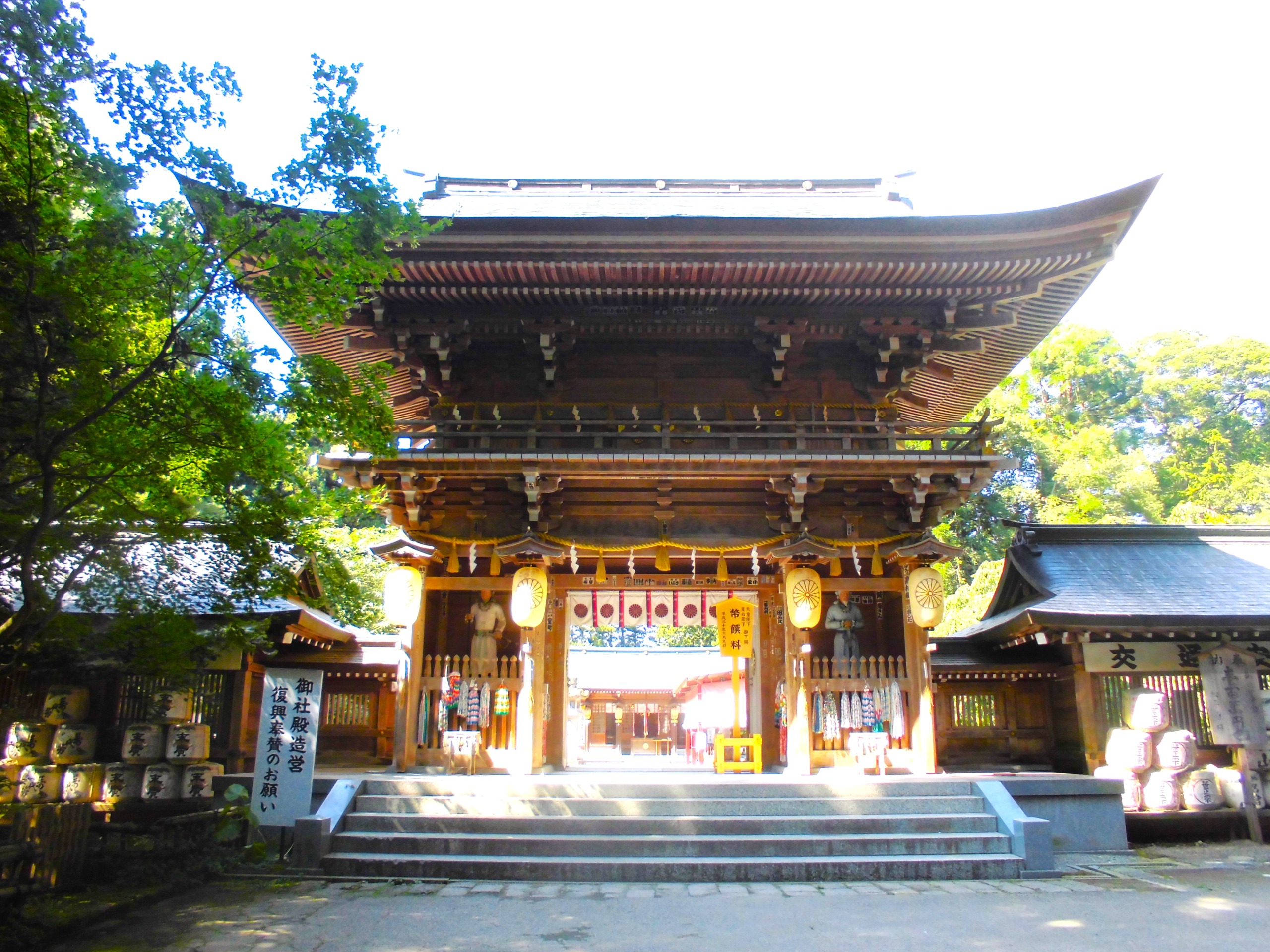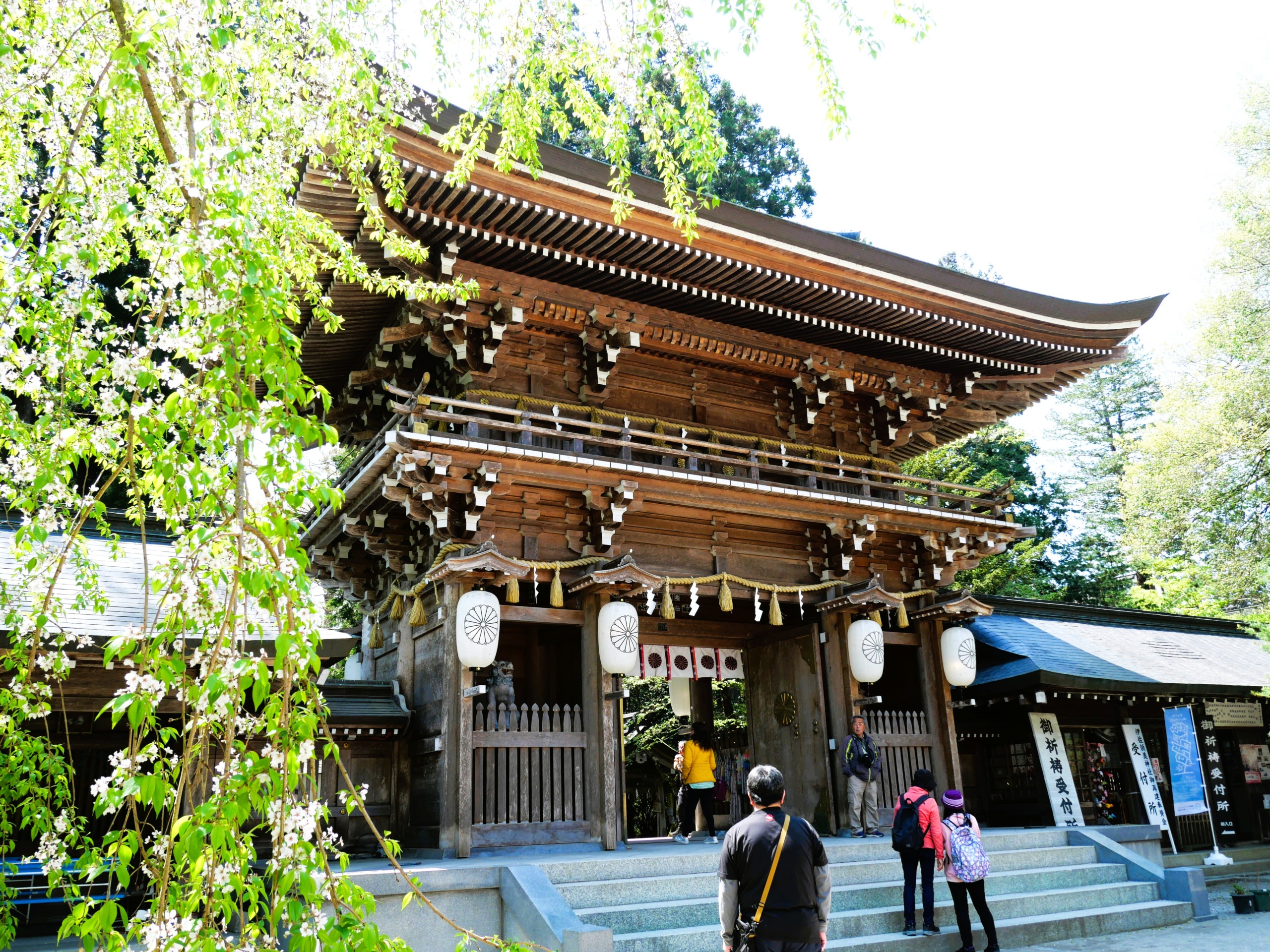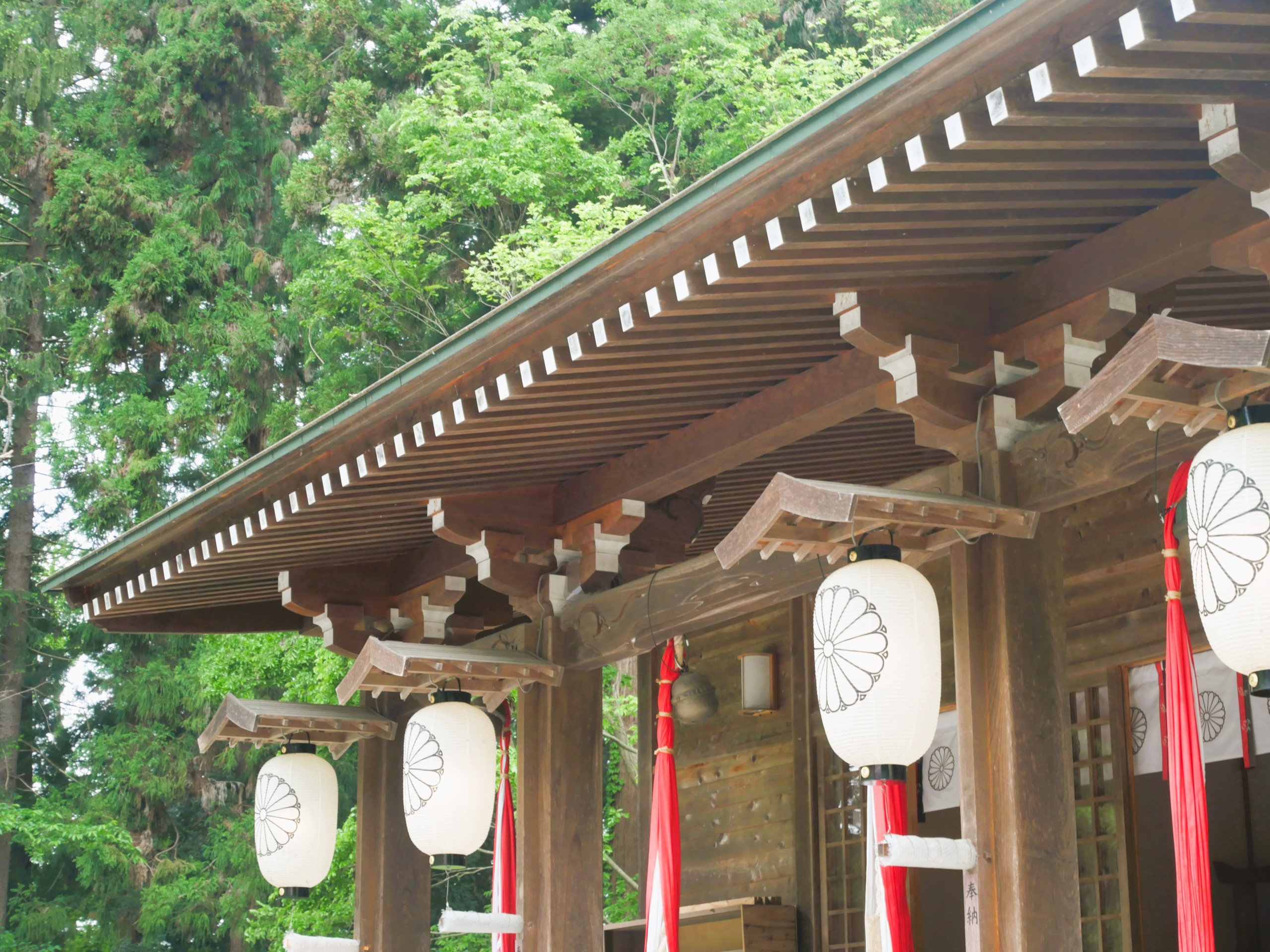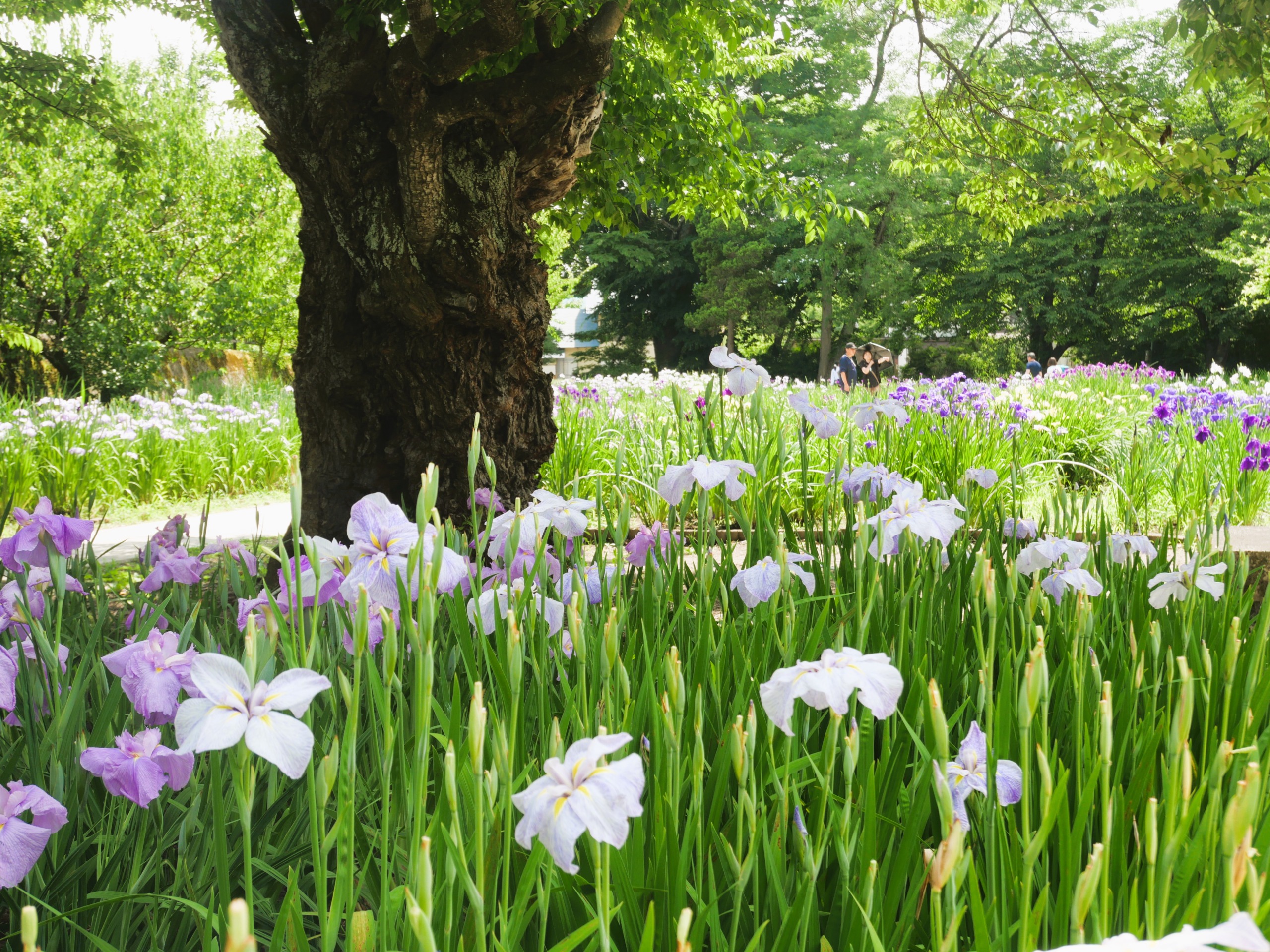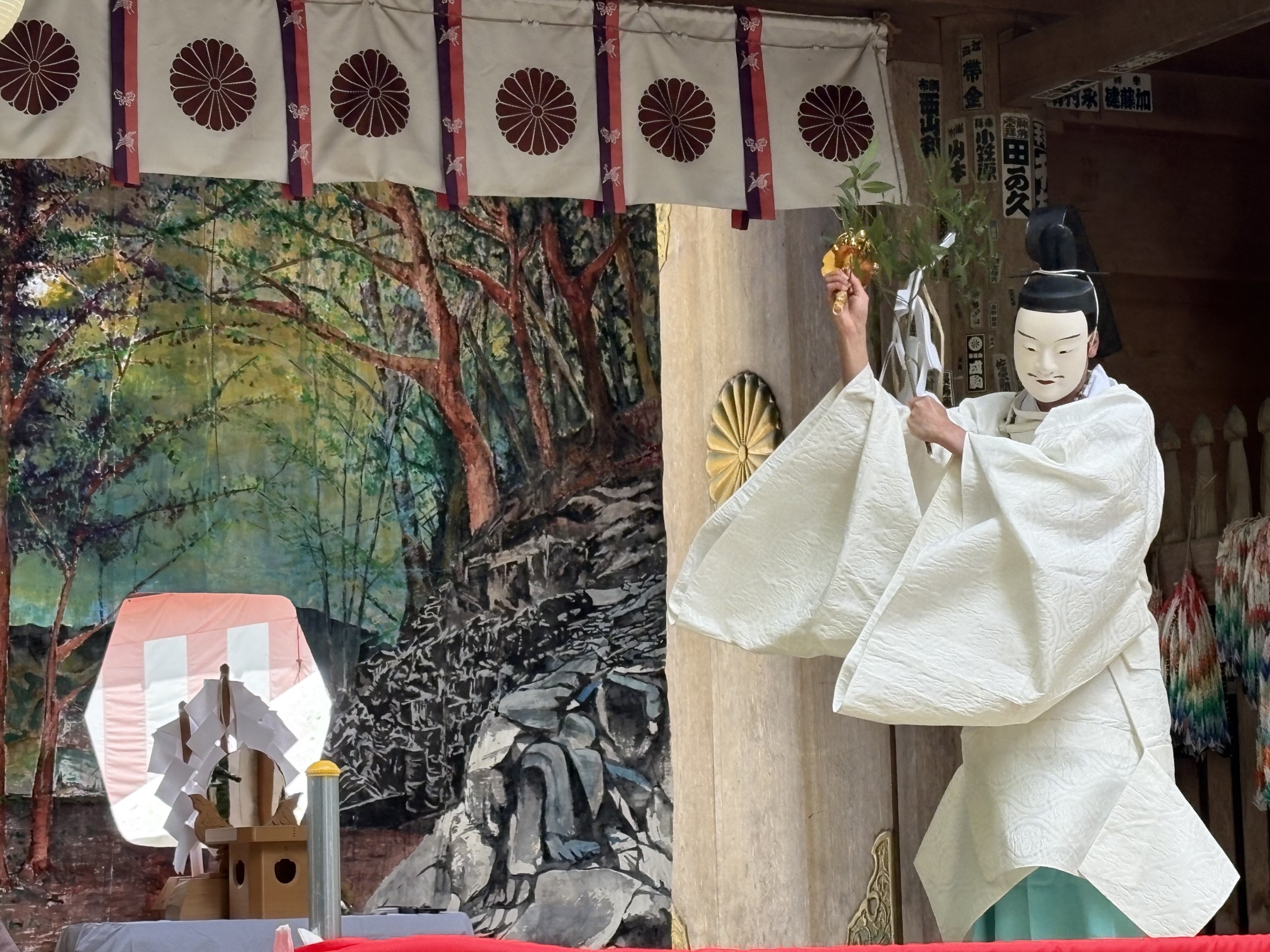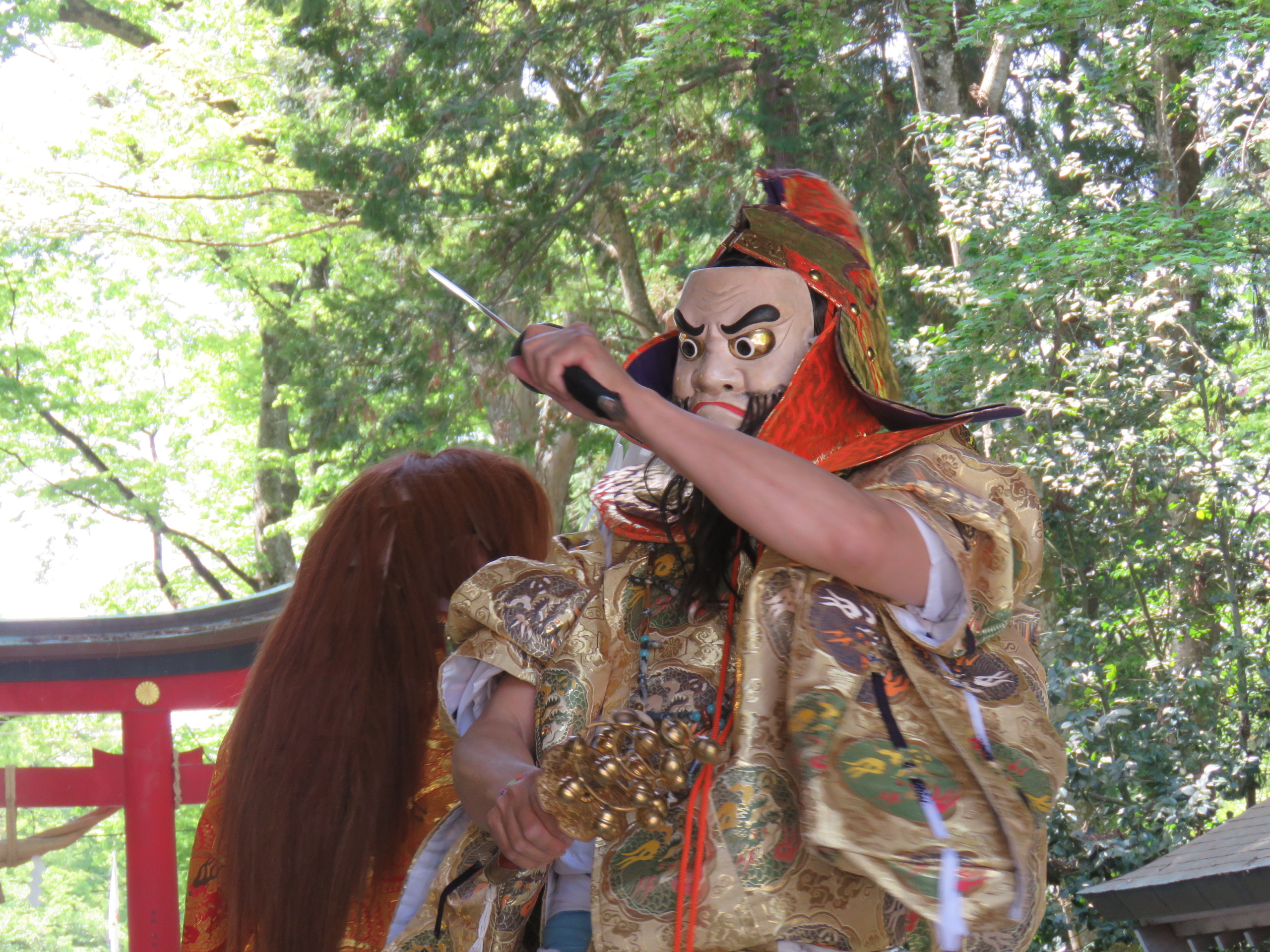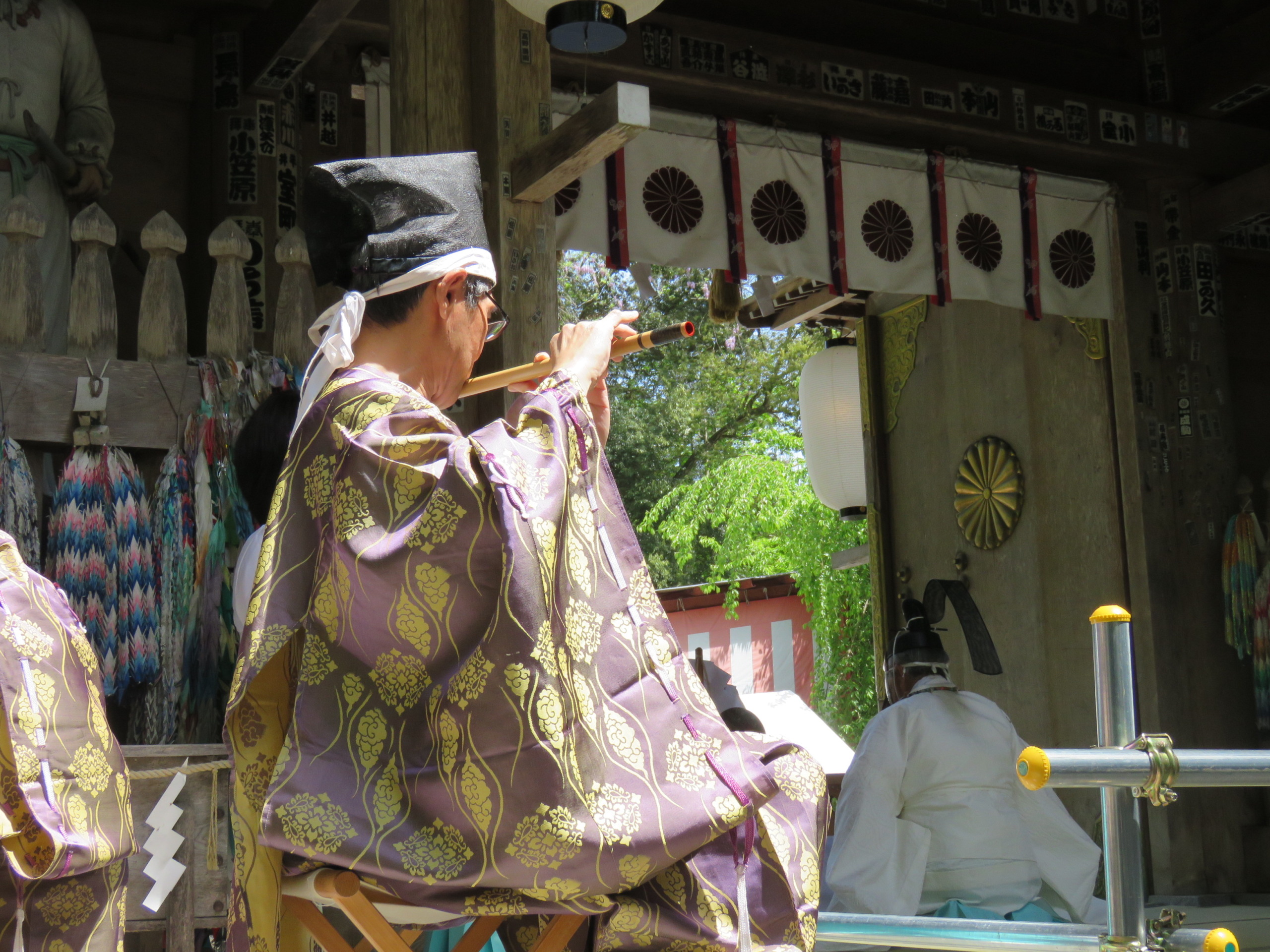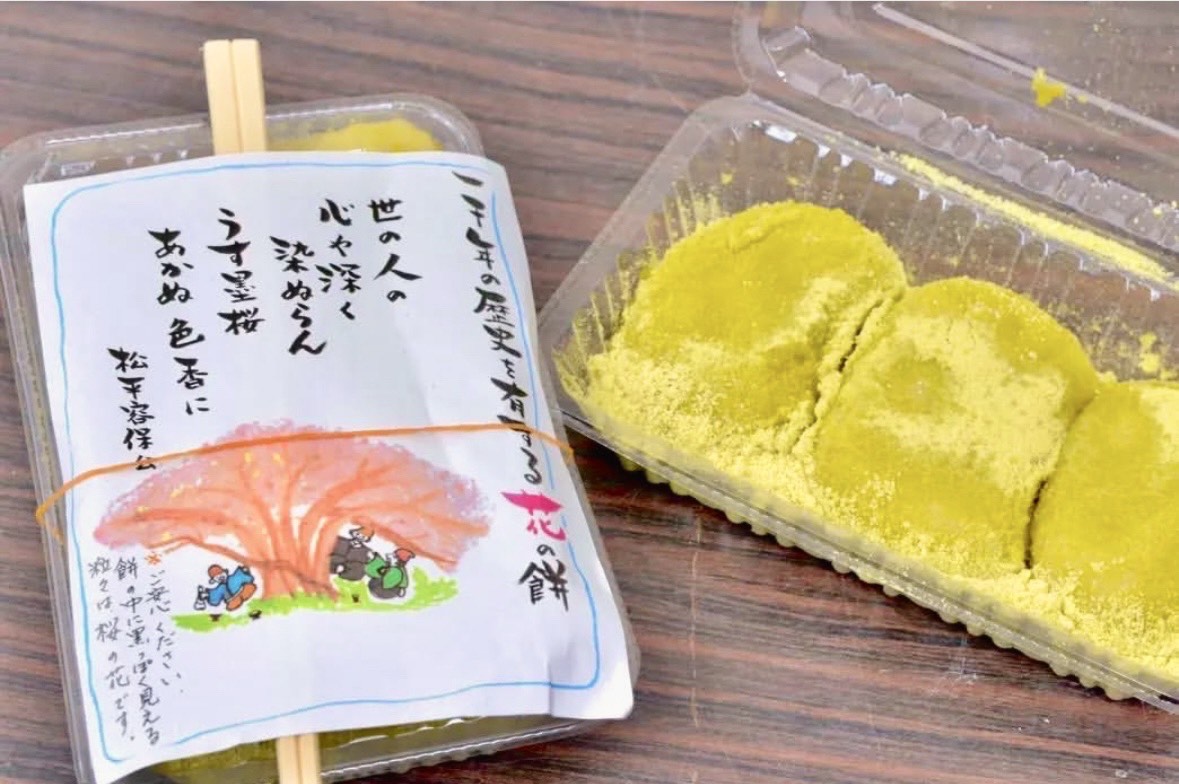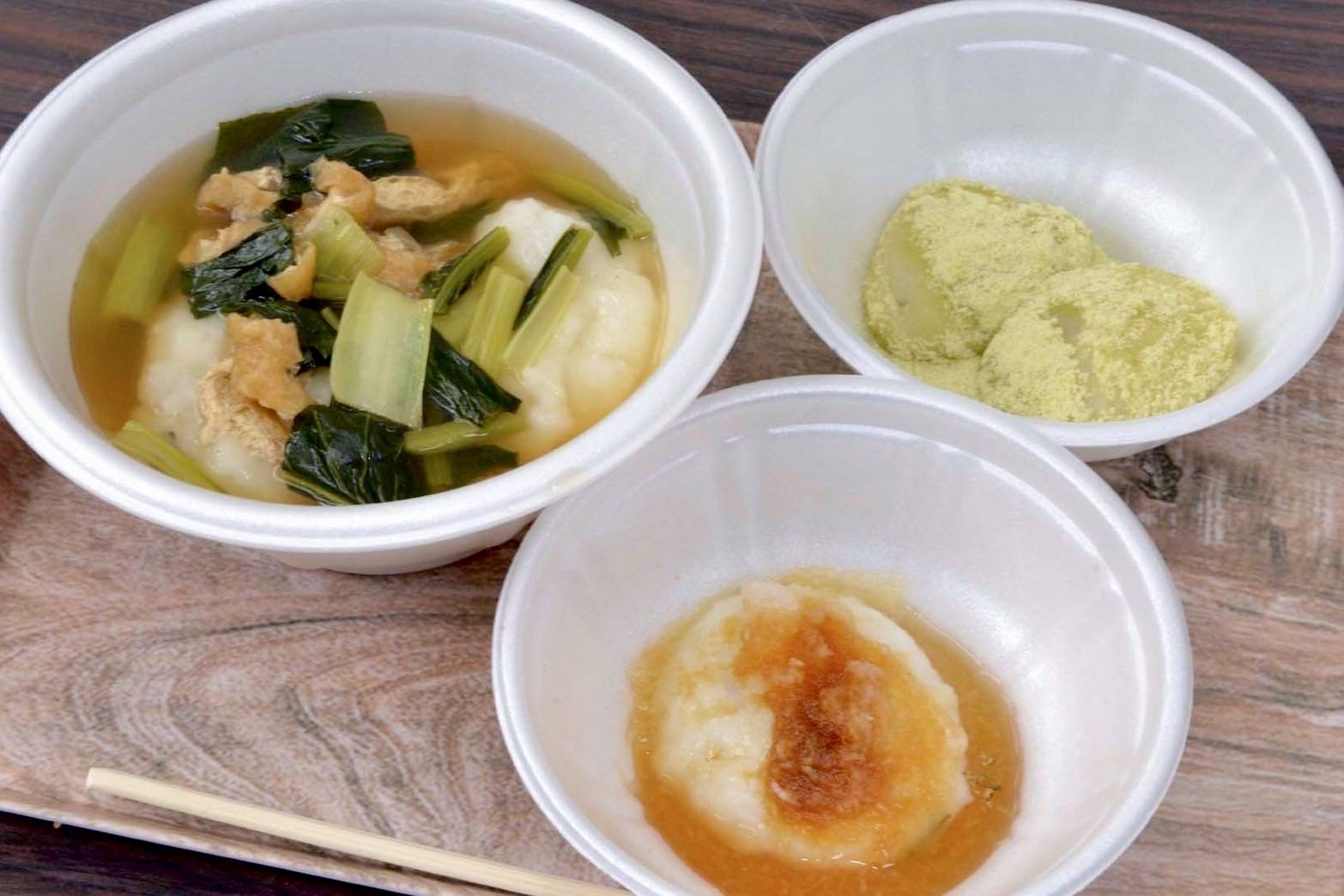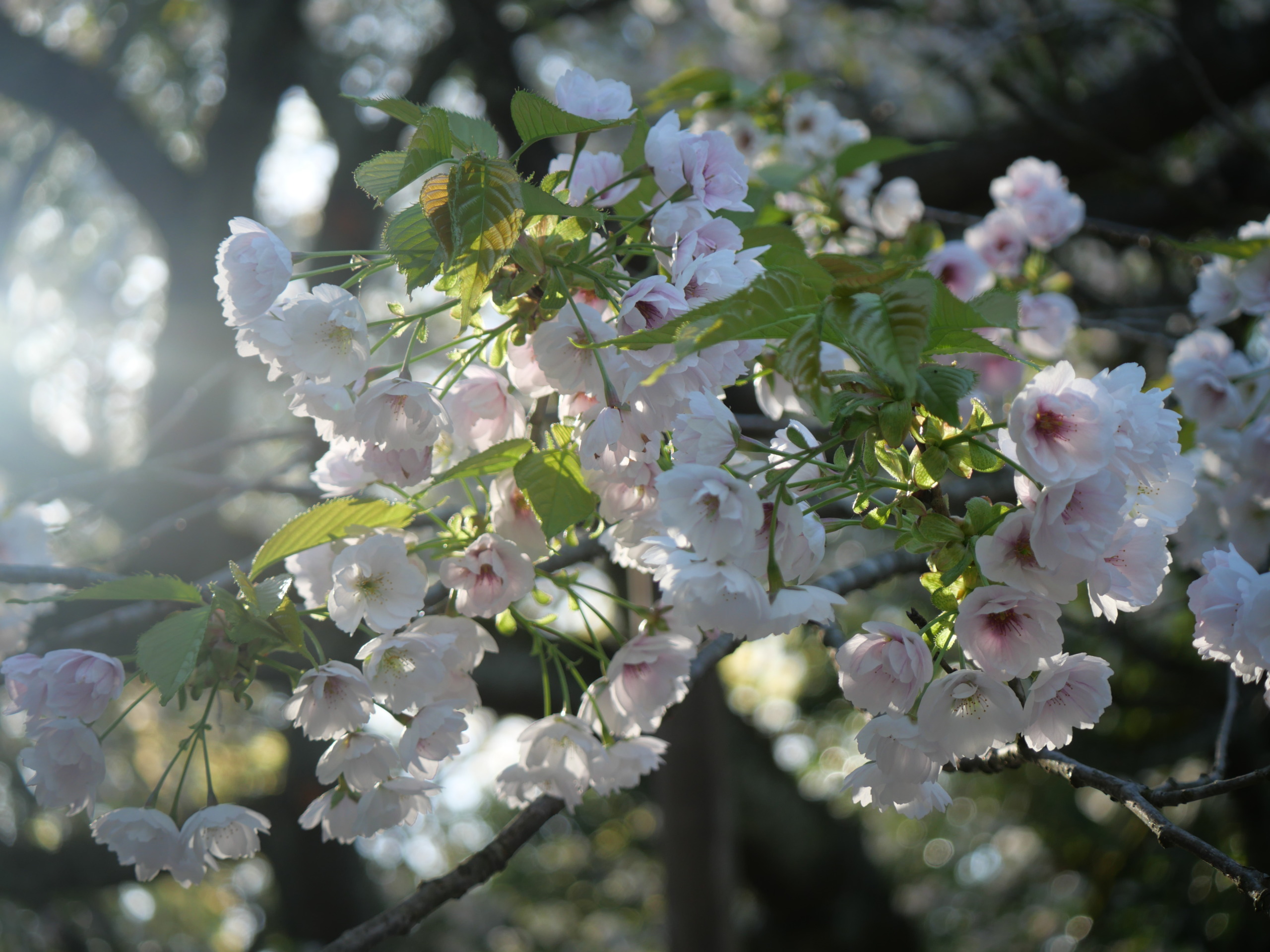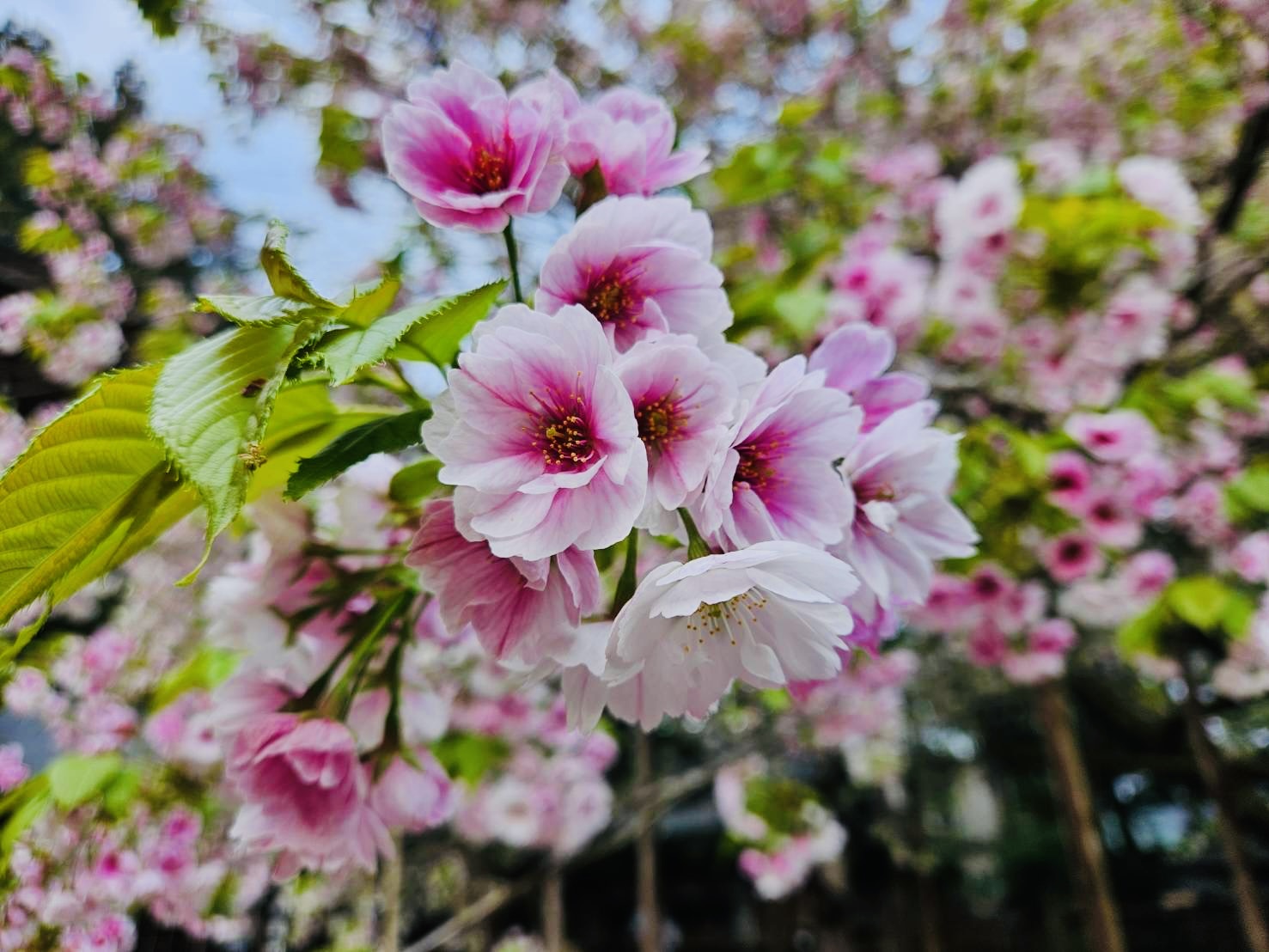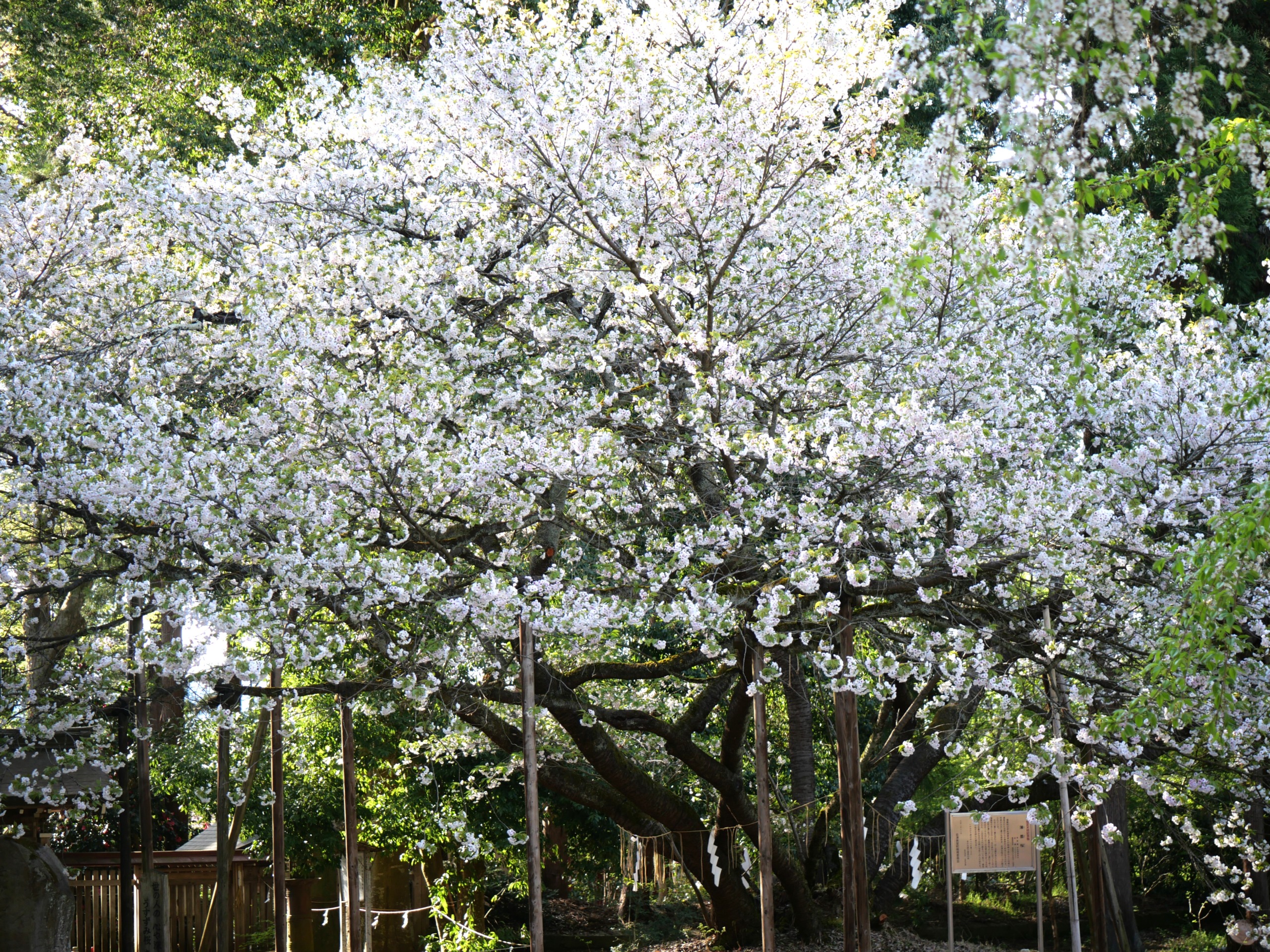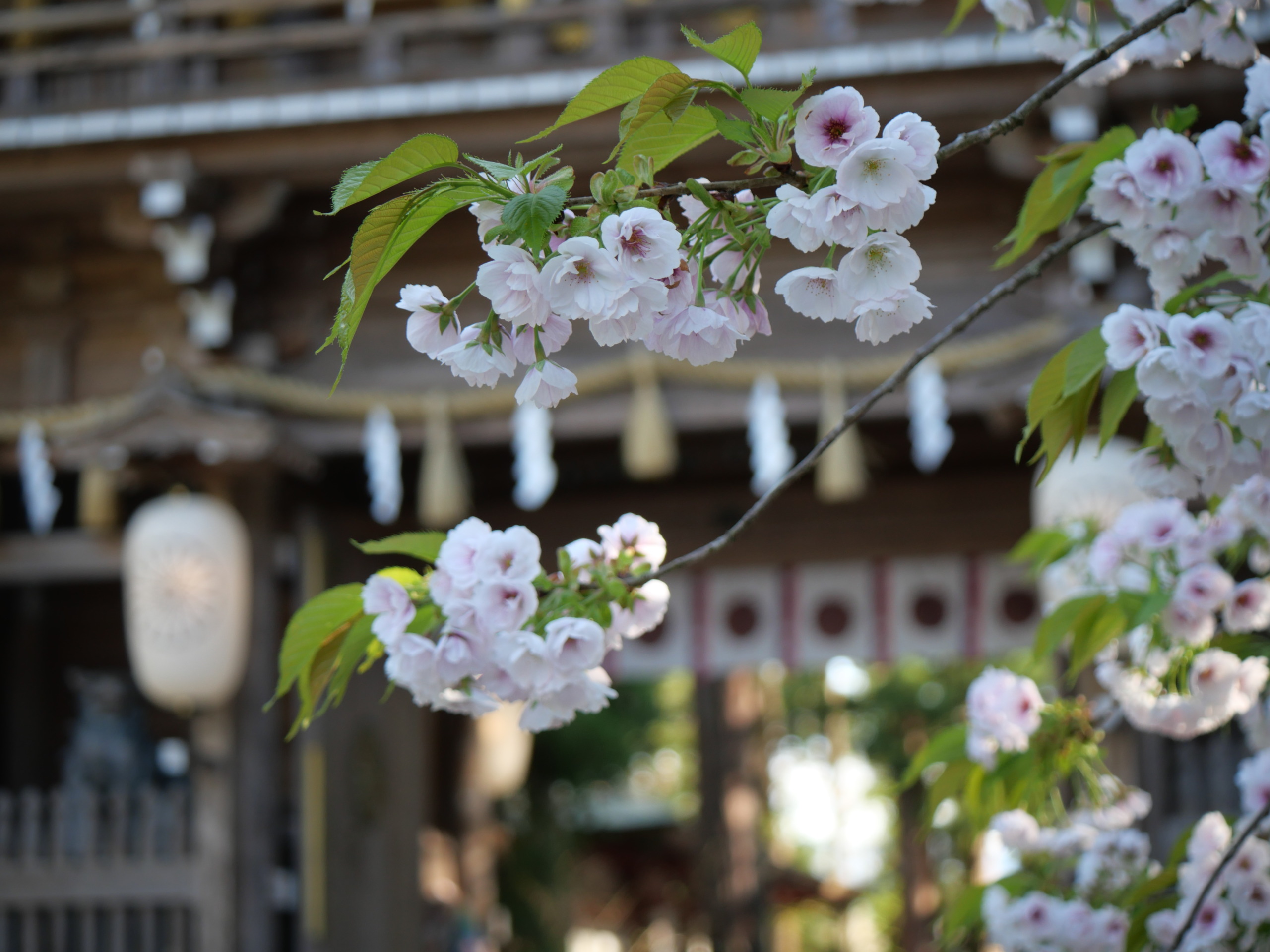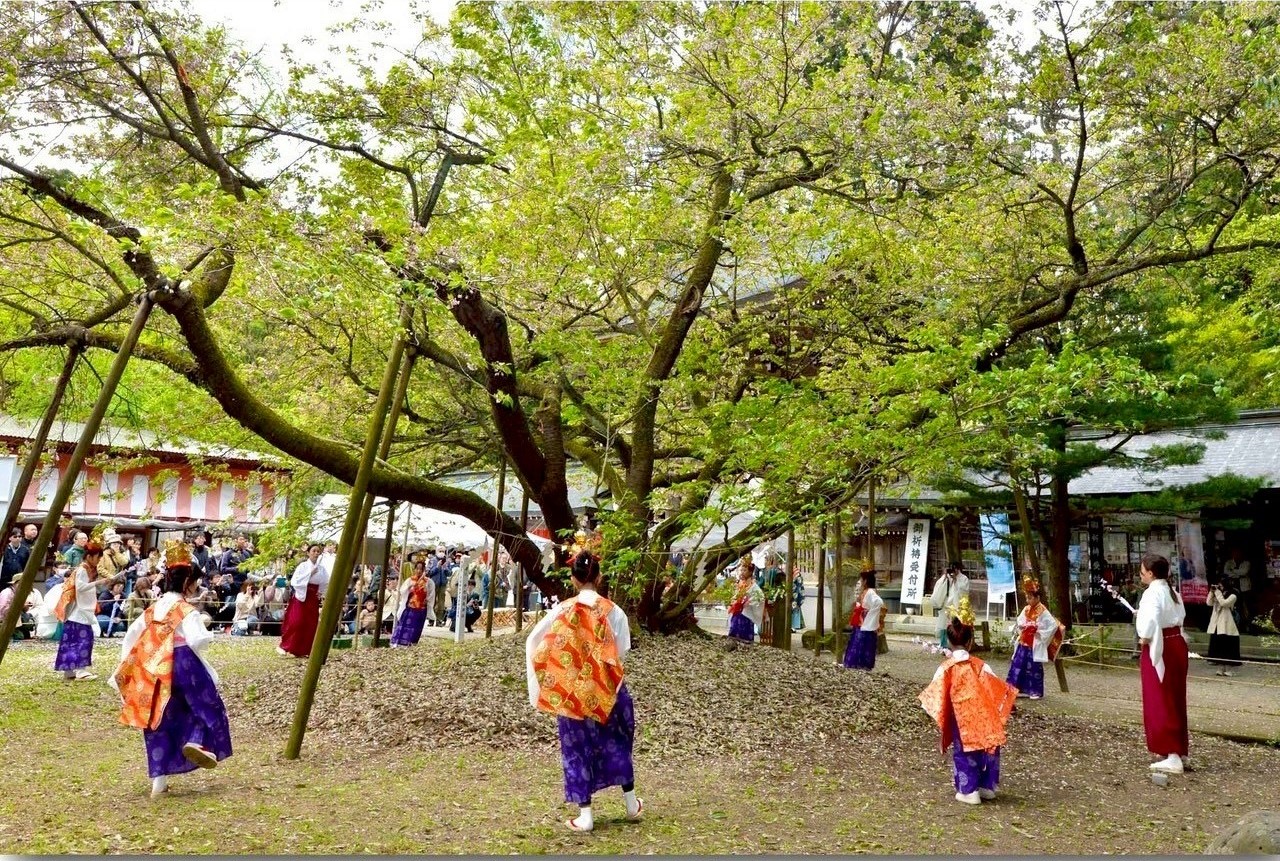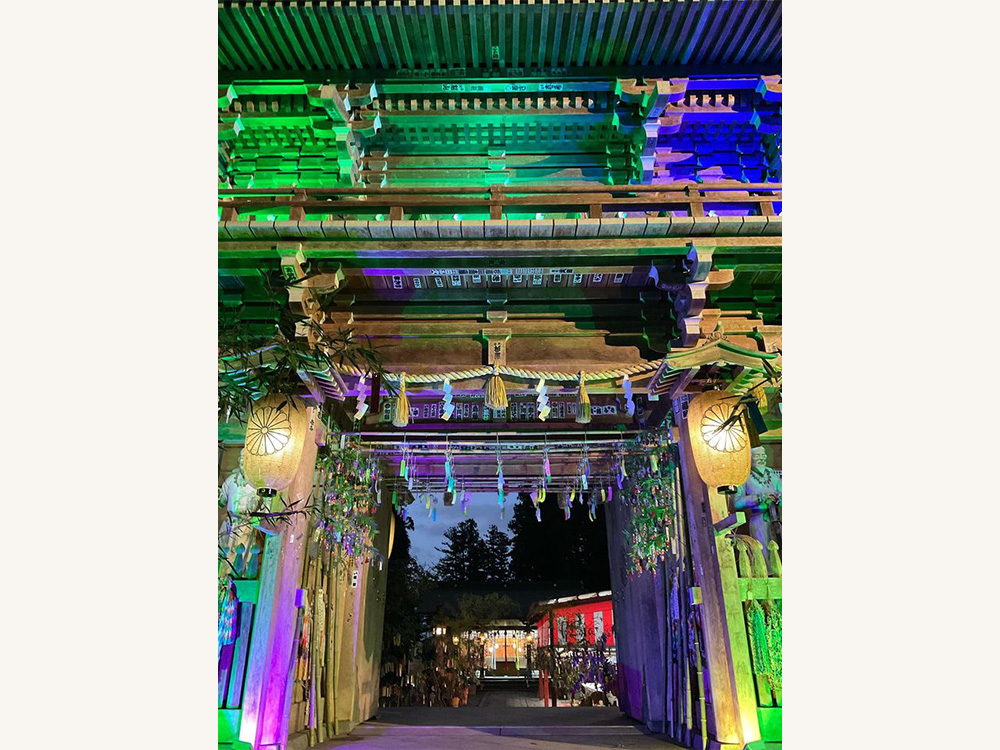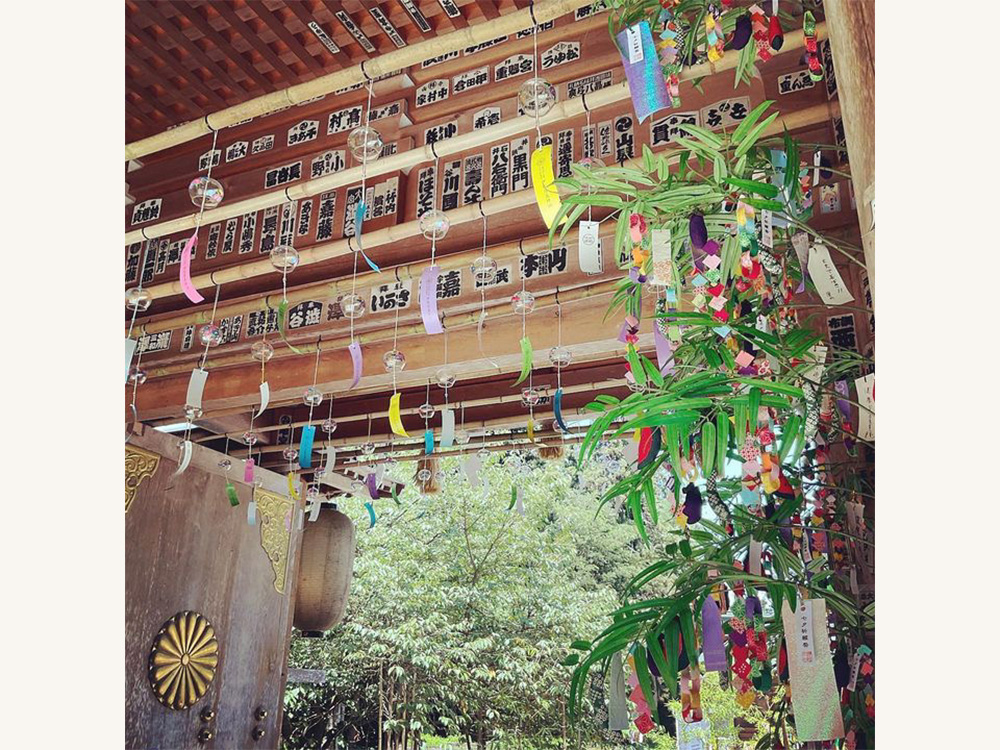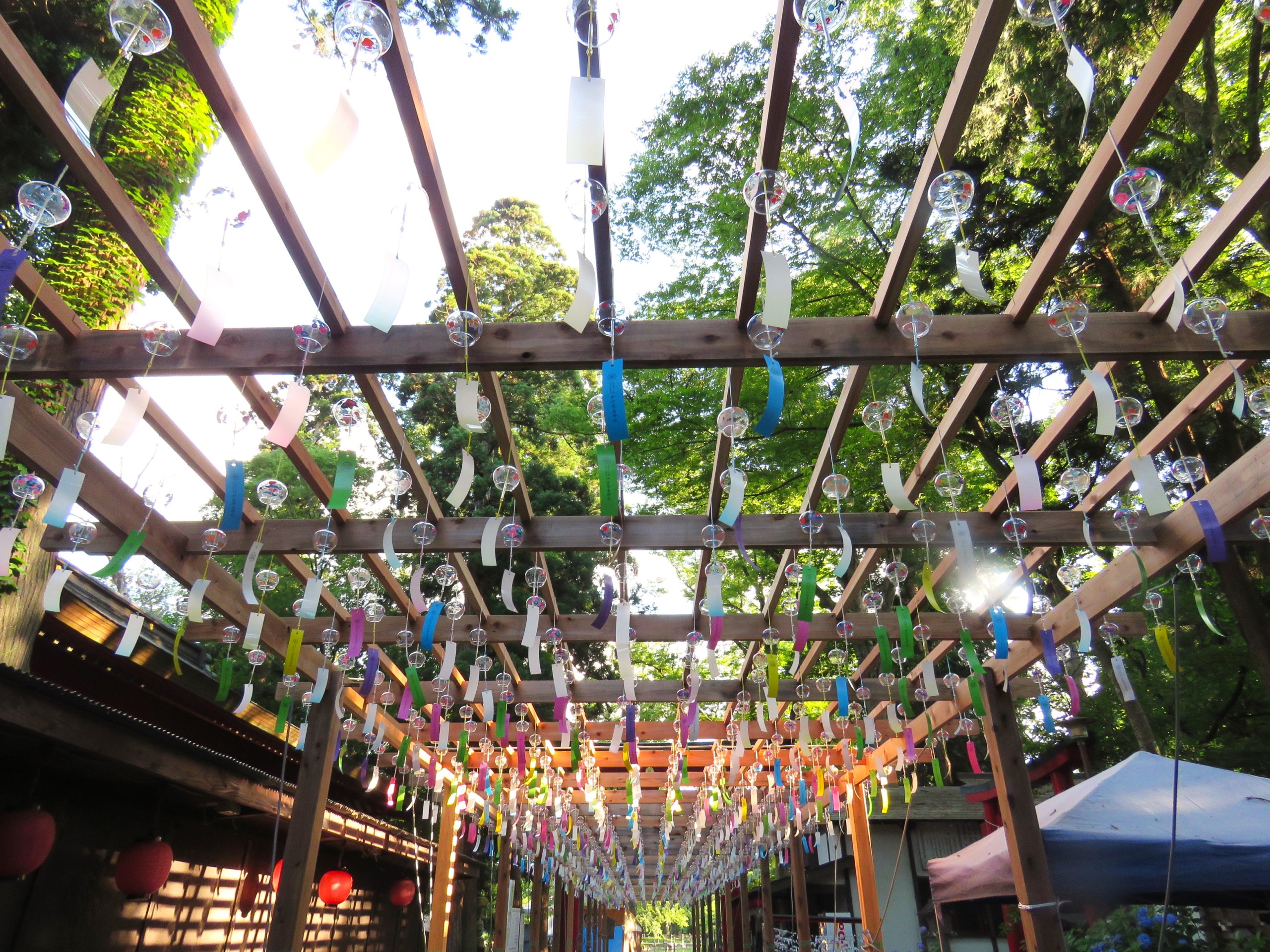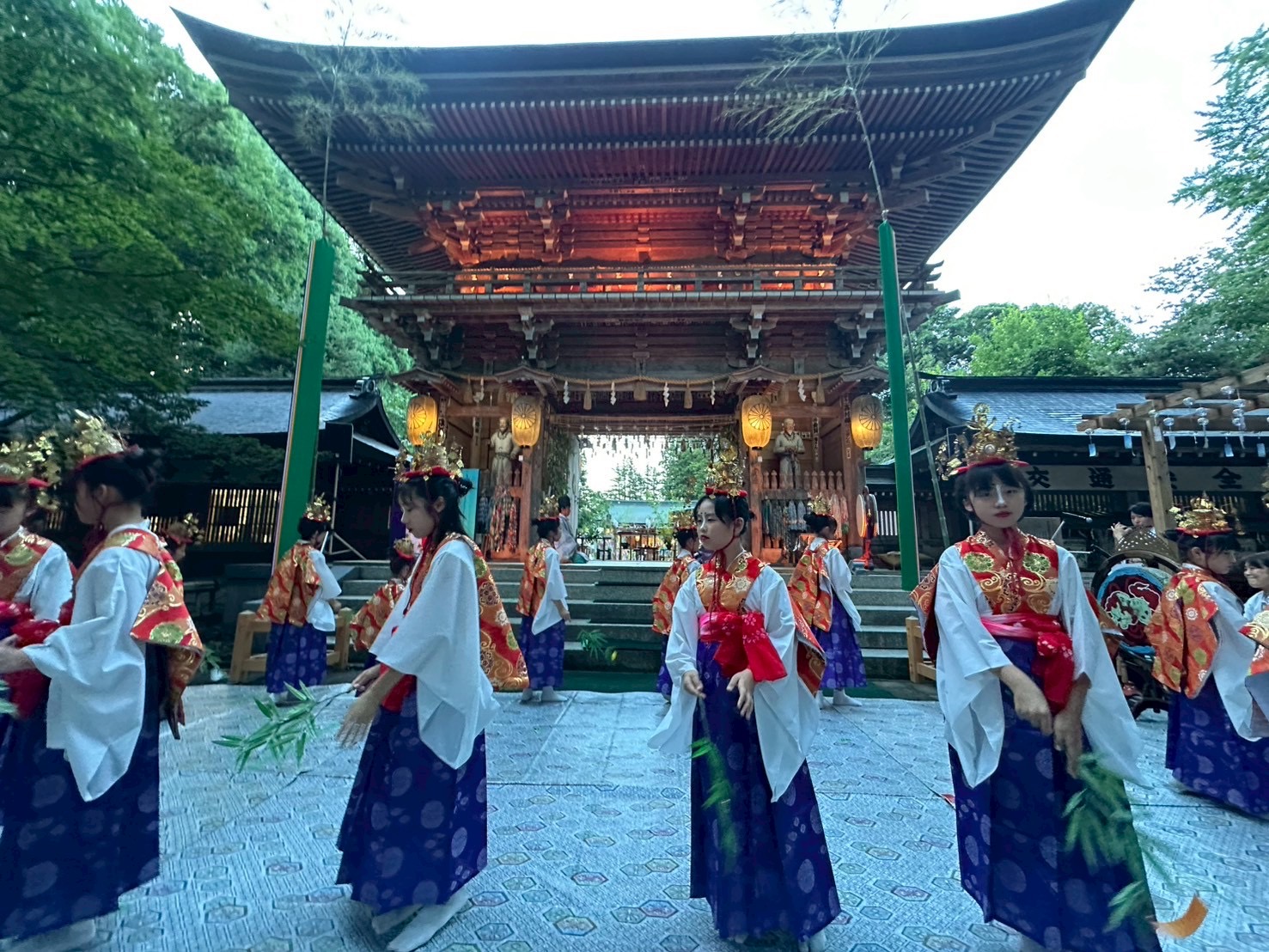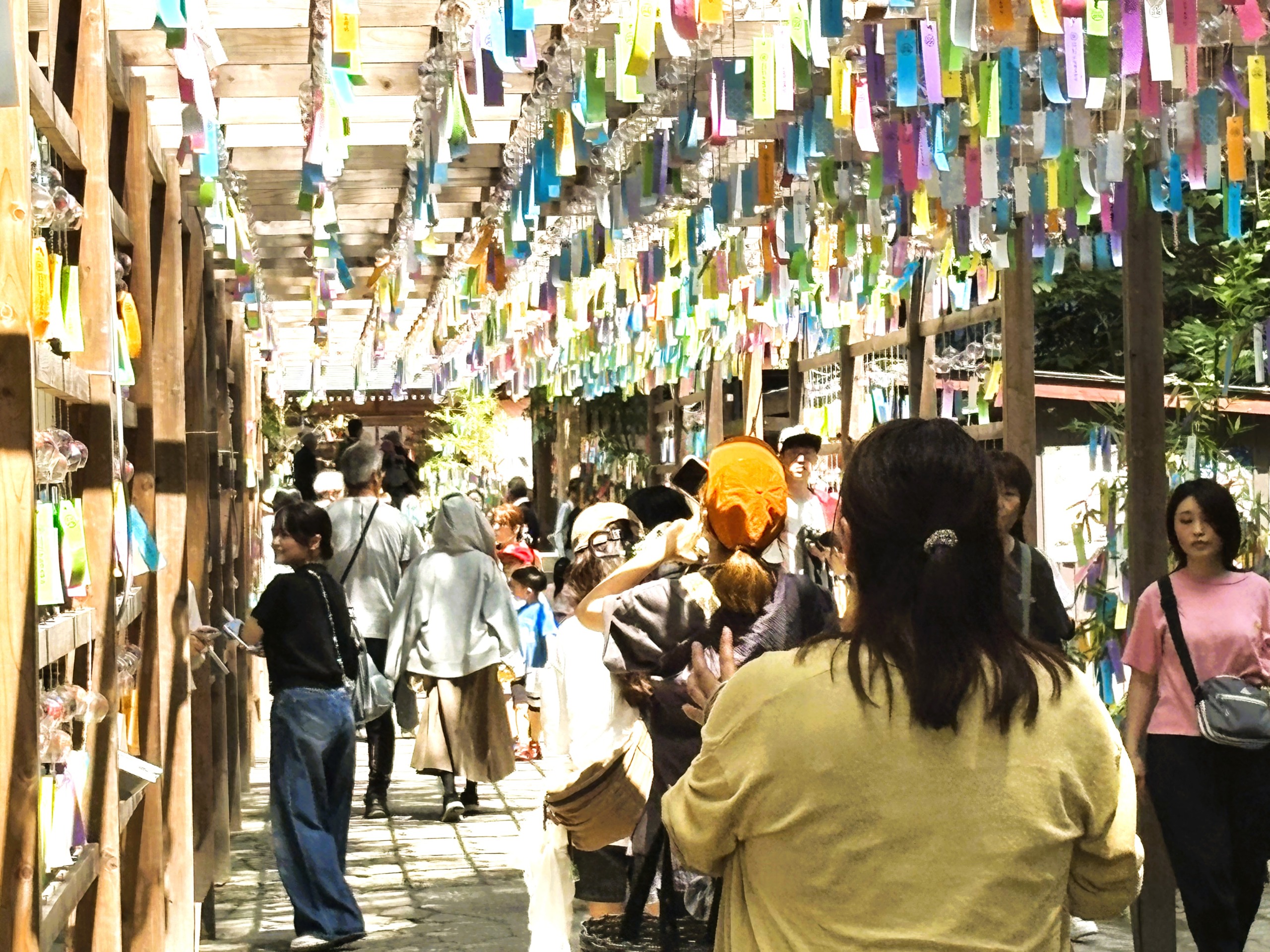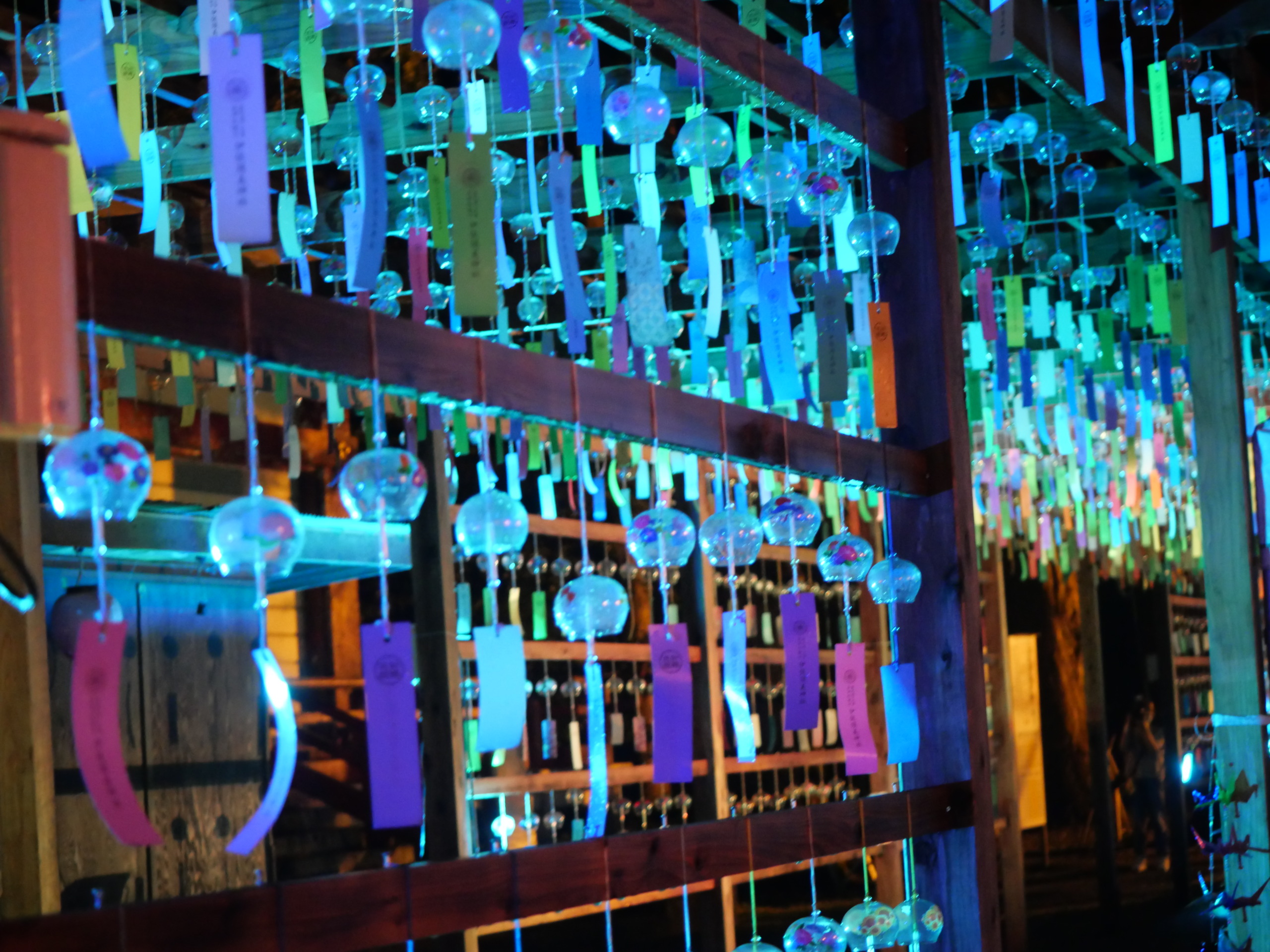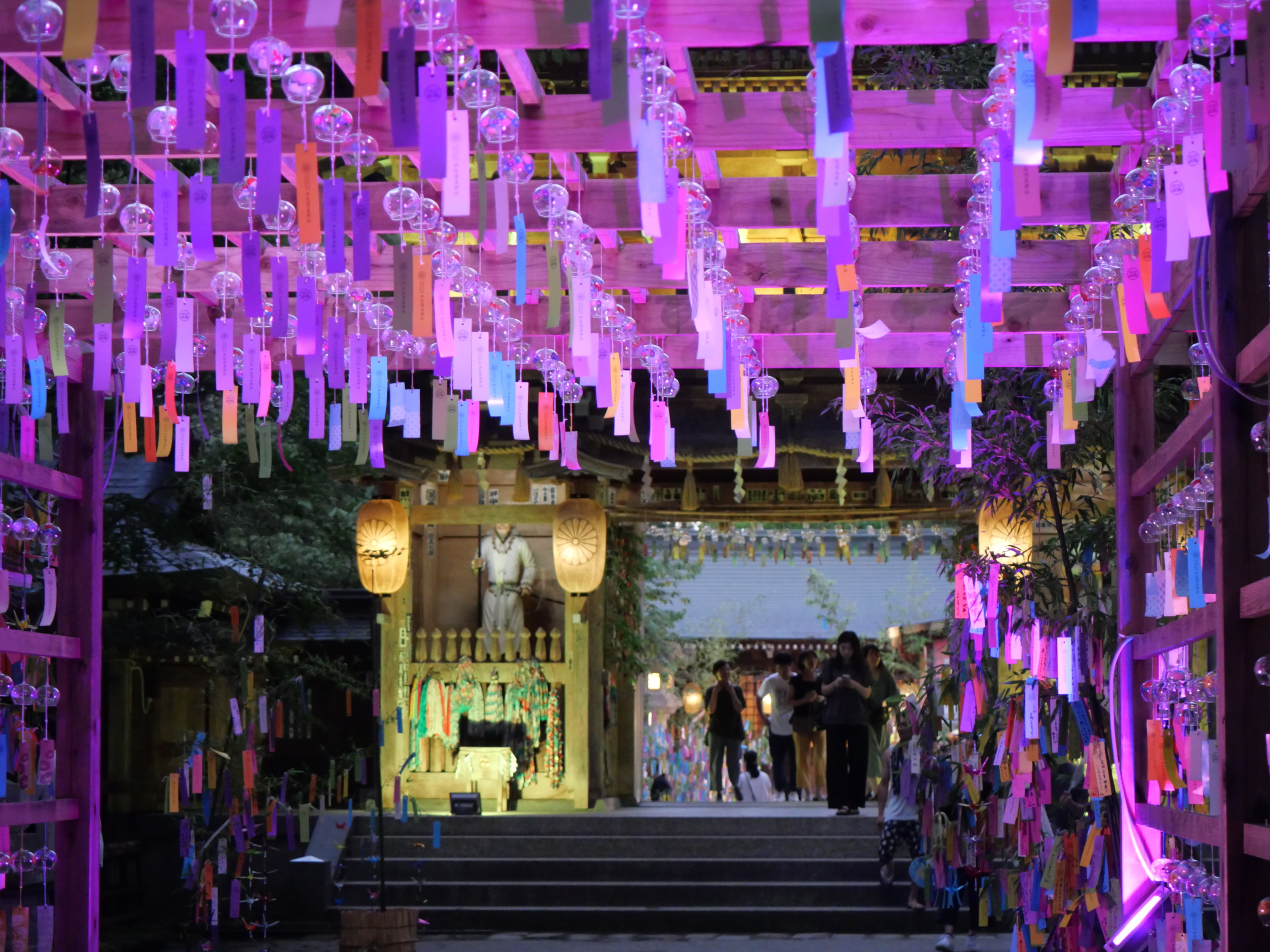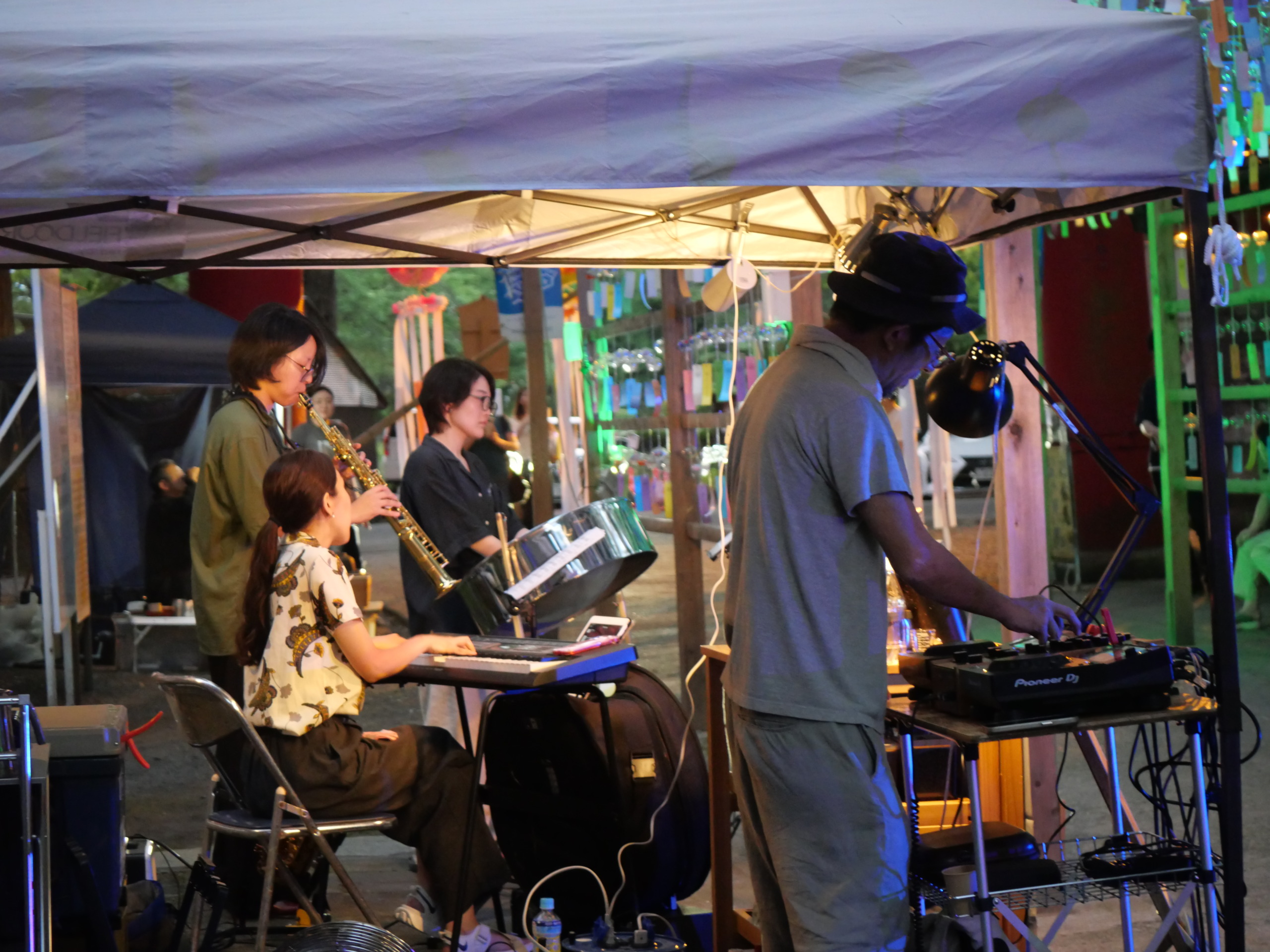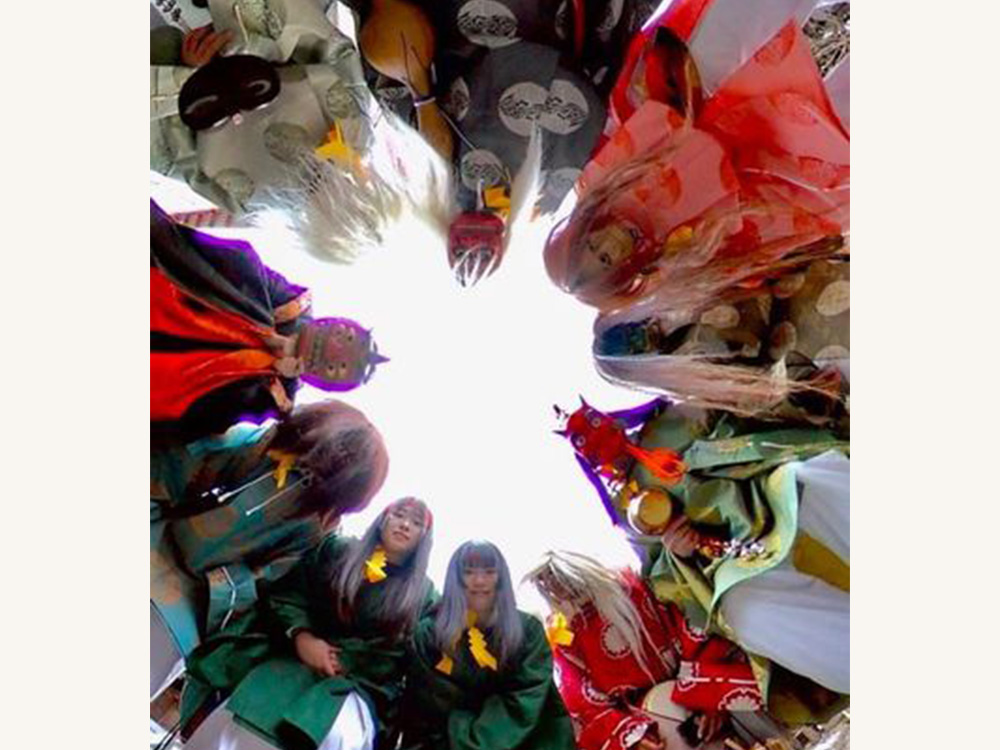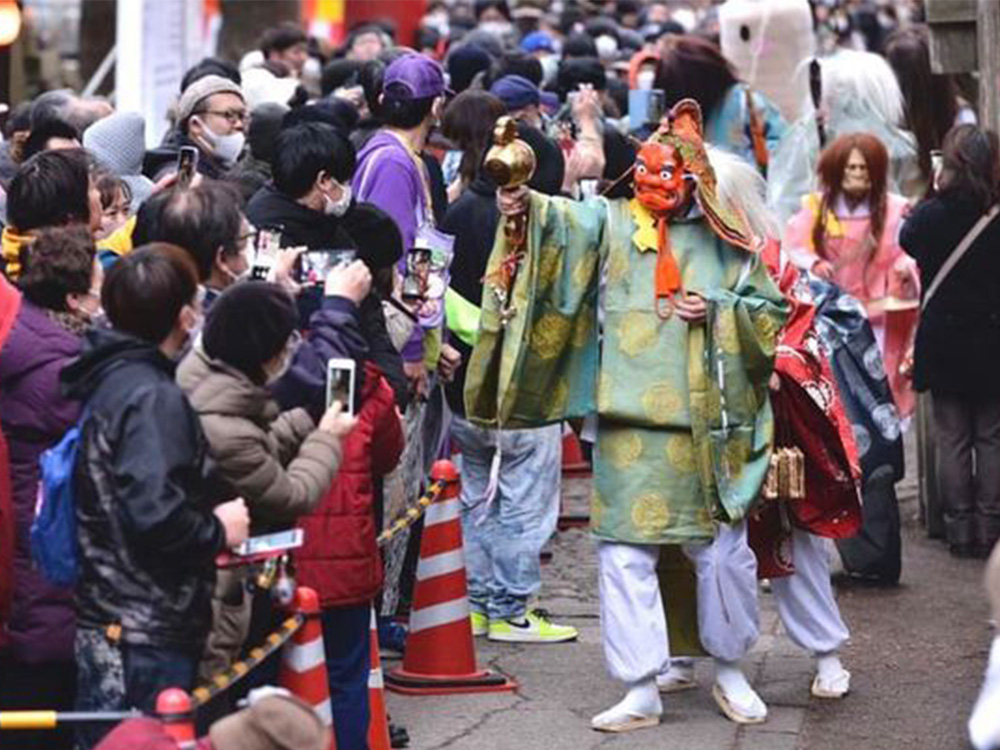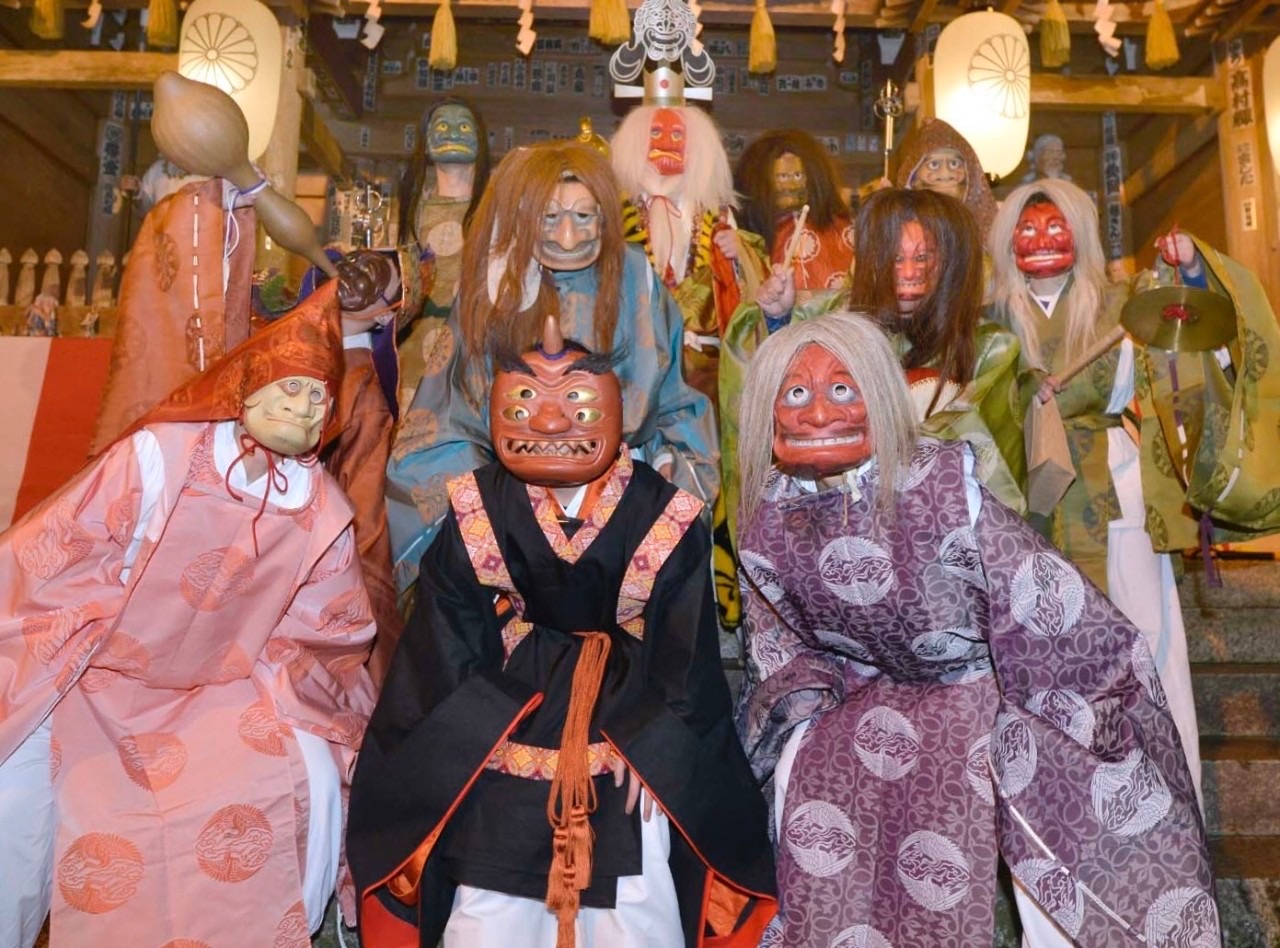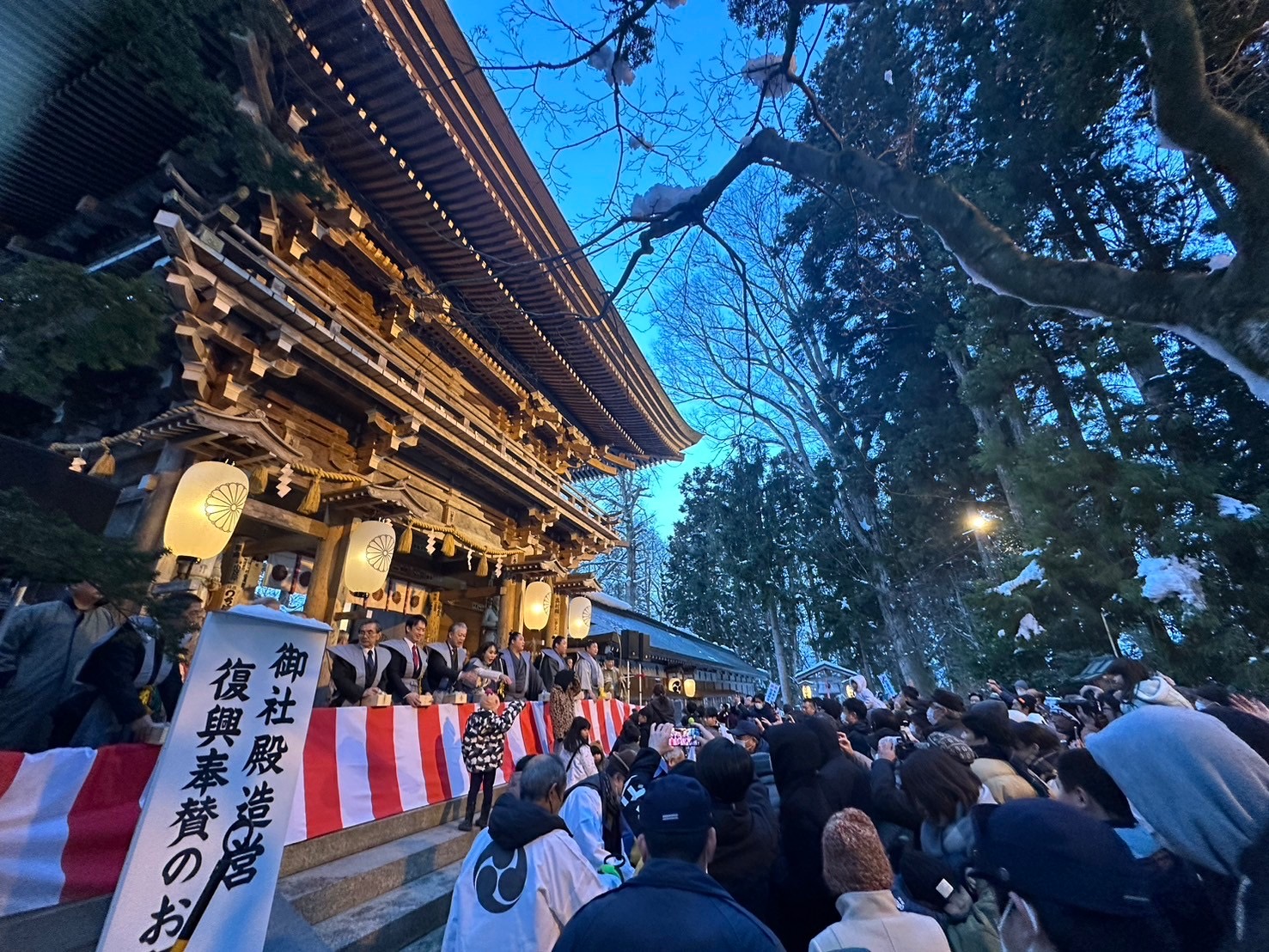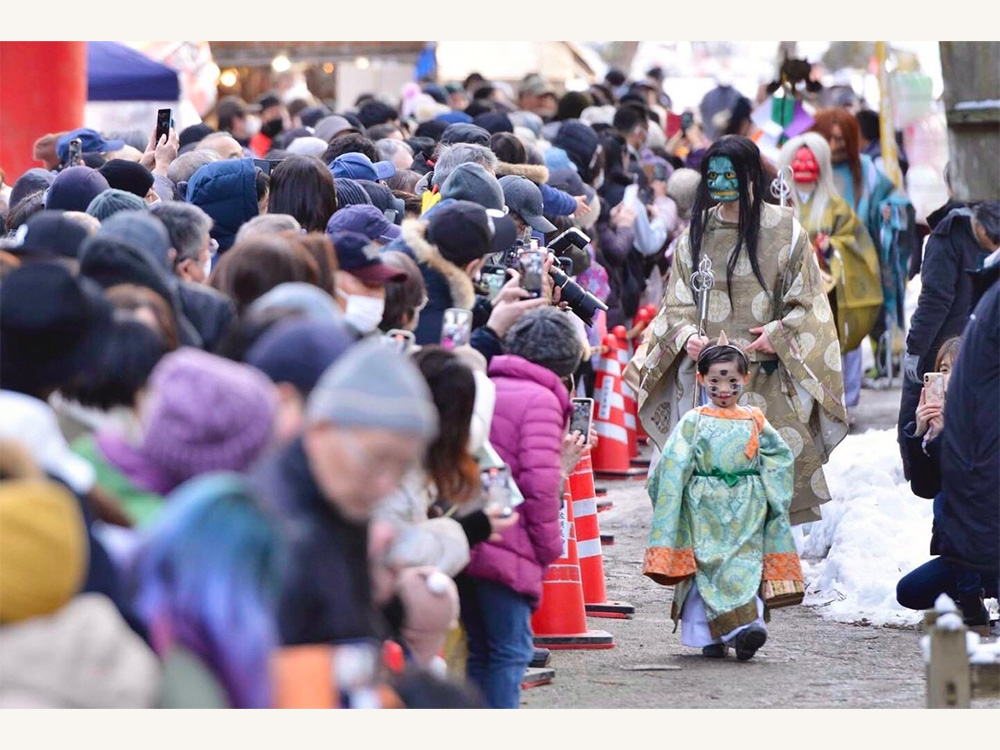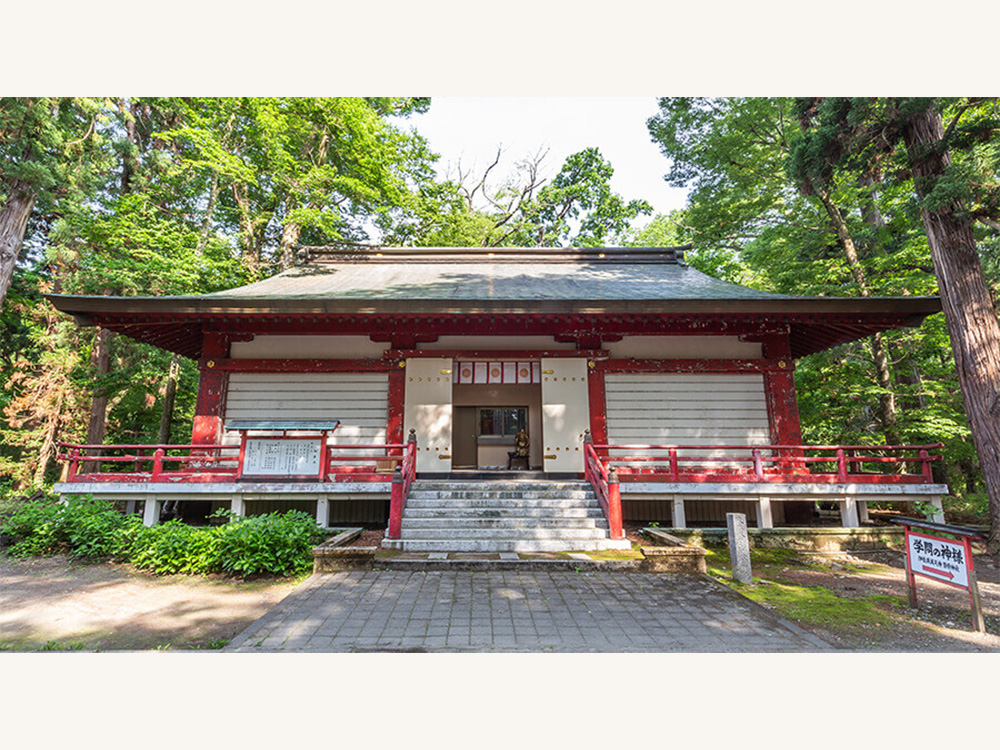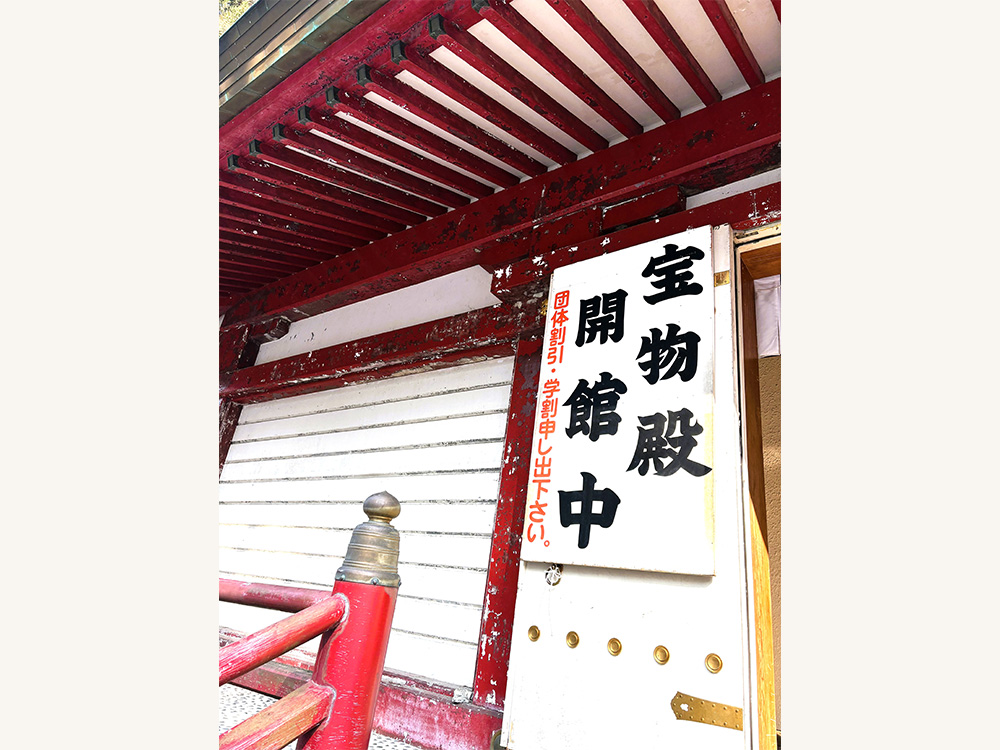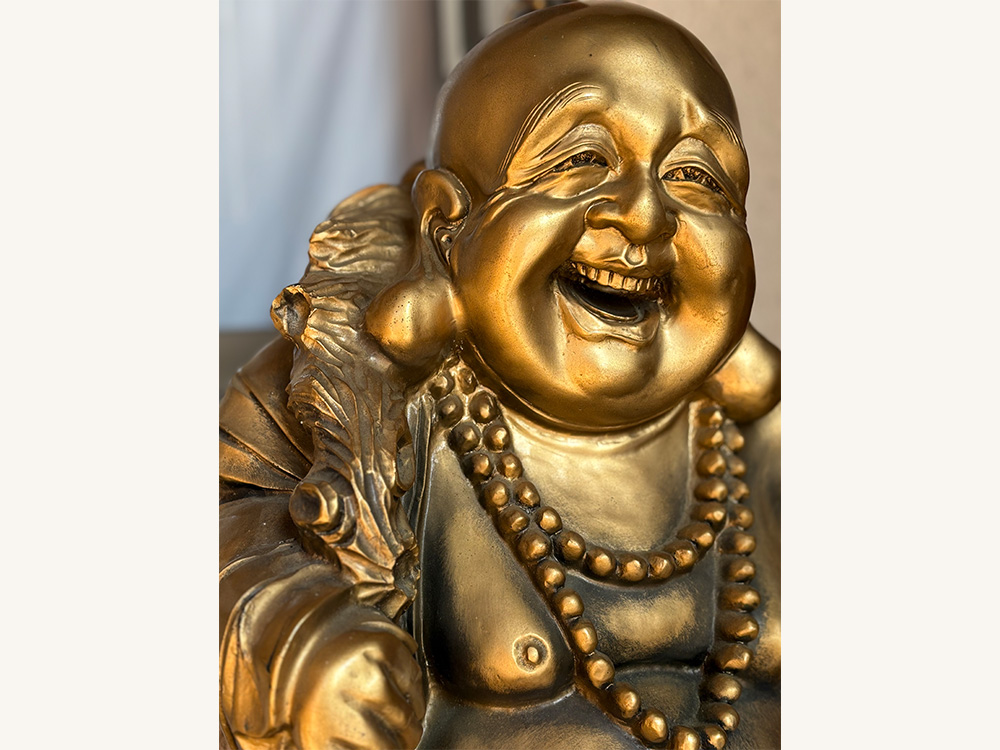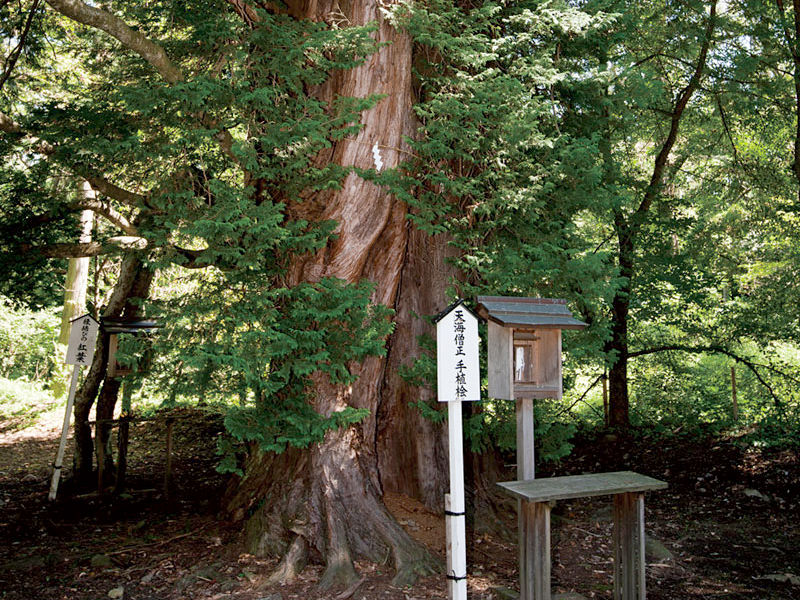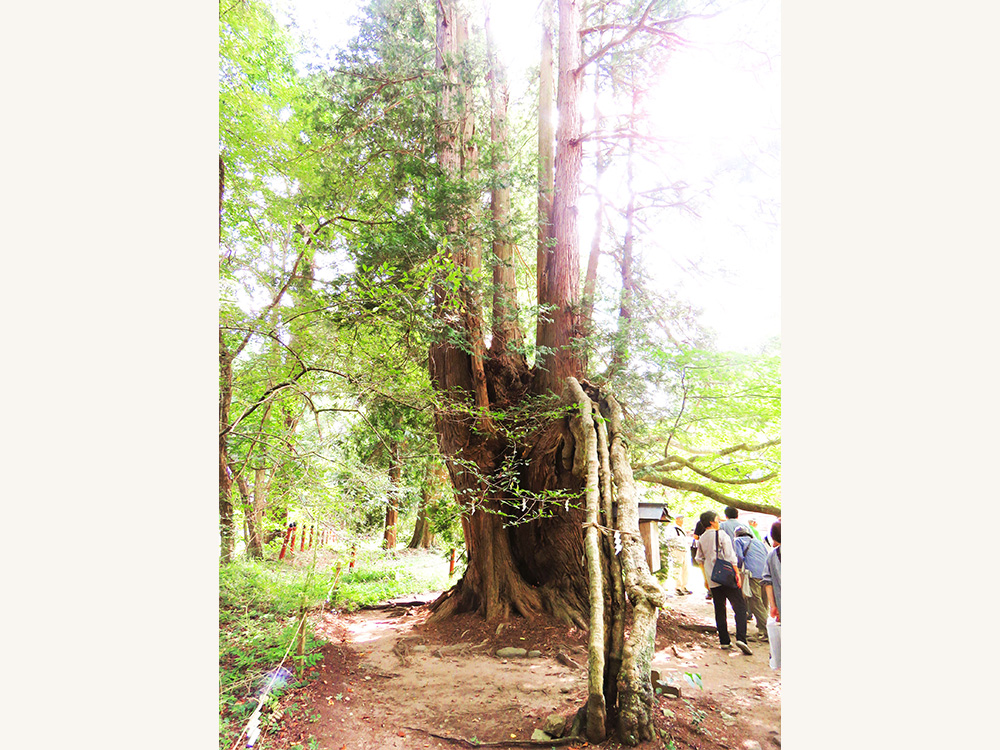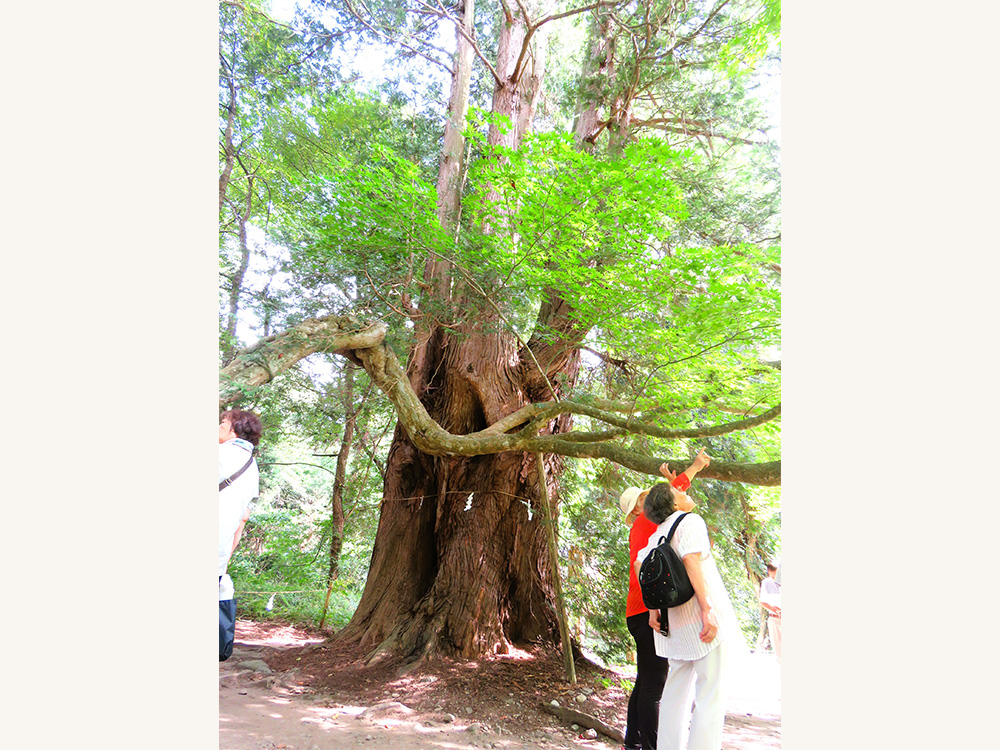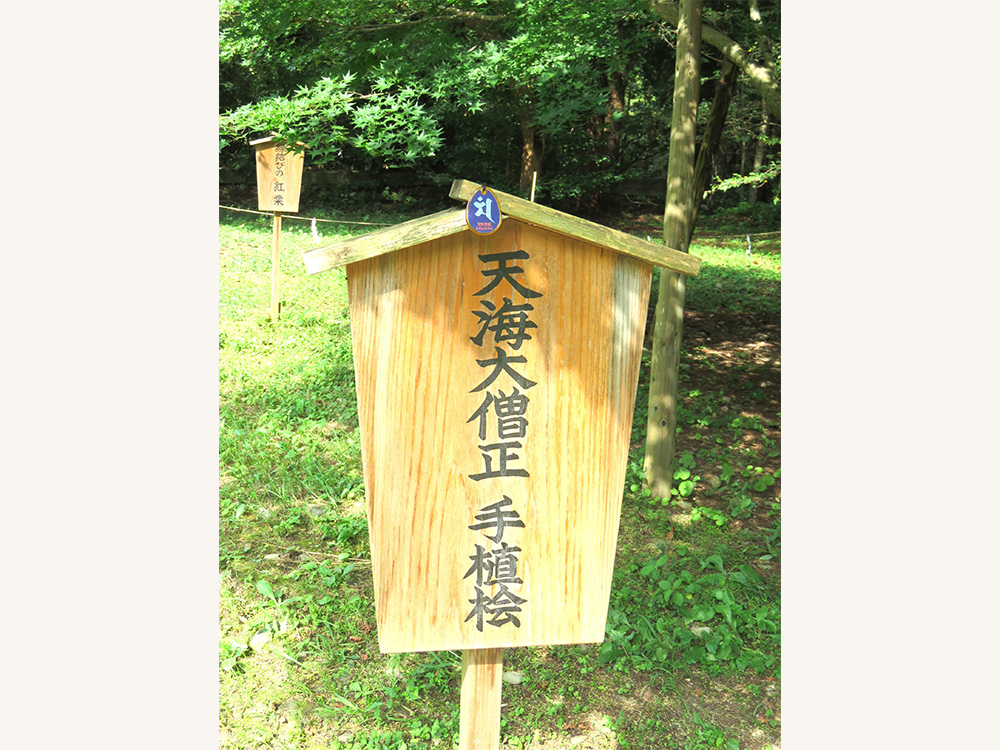Isasumi Shrine
shrines and temples
The shrine boasts a history of 2,000 years and has long been the object of worship, as it is listed as a Meishin-taisha in the Engi-shiki family of shrines.
It is said that the shrine was originally located at the summit of Mt. Amatsu-take on the Aizu Plateau, and was repeatedly relocated to Mt. Hakaseyama and Mt. Myojingatake, and in the 13th year of Emperor Kinmei (522), the shrine was moved to Takata-nanbara, and in the 21st year of the same Emperor (530), the shrine was moved to its present location.
According to legend, the shrine was named Aizu (Aizu) because its deities, Ohiko-no-mikoto and Takenunakawawawake-no-mikoto, met each other, and the shrine is also the head shrine of Aizu, Oshu-ninomiya, and Iwashiro-no-ichimiya.
The mikoshi (portable shrine) donated by Moriyasu Ashina in the late Muromachi period (1336-1573) is designated as a national important cultural property, and the Hoshina family of the Aizu domain reveres the shrine and its many treasures.
The Isasumi Shrine Rice Planting Festival is one of the three oldest forms of rice planting in Fukushima Prefecture, and includes the traditional horse dance, lion chase, and rice-planting dolls.
spot data
| Address | 4377 Miyabayashiko, Aizutakada Town, Onuma County, Fukushima Prefecture MAP |
|---|---|
| Contact us | Isasumi Shrine Office |
| TEL / FAX | TEL:0242-54-5050 / FAX:0242-54-5052 |
| Web site | http://isasumi.or.jp/ |
Highlights

Flower Festival
Date: April 29th annually
The Flower Festival at Isasumi Shrine is a unique ceremony with a thousand-year history. It involves offering rice cakes topped with petals from the shrine’s sacred tree, the Usuzumizakura, before the deity. Parishioners and visitors are served rice cakes containing these petals.
Tanabata Prayer Festival · Cool Breeze Wind Chimes
Enjoy the cool breeze among 3,000 wind chimes and entrust your wishes to the stars. As a long-term event at Isasumi Shrine, 3,000 wind chimes and illuminations adorn the shrine grounds.
The Aizu Wind Chime Festival, Summer Purification Ritual, Rice Planting Festival, Enjoying the cool evening air with Isazumi-san, Prayer Ceremonies, and Tanabata Festival are held, drawing large crowds of visitors. During the event period, you can write your wishes on tanzaku strips and hang them on bamboo branches.
Every year, limited-edition amulets and temple stamps are also popular.
As one of the major summer events, it bustles with many visitors from all over the country.
Setsubun Festival
This festival originates from the Tsuina ritual passed down in the Imperial Court since the Heian period.
A Shinto ritual is performed with the participation of the annual priests, parishioners, devotees, and those praying for protection from misfortune, during which the chief priest conducts the “Bean-Throwing Ceremony.”
Simultaneously, at the lucky bean-throwing venue, the Tsuina event takes place, where the golden four-eyed Hōsōshi drives away the epidemic demons.
Additionally, hamaya (evil-warding arrows) and fukuya (lucky arrows) are shot, followed by the scattering of lucky beans by the annual officials and a lucky item lottery.
The Demons of Mount Horai
Every year on February 3rd, the Setsubun Festival is held at Isasumi Shrine.
Appearing there are the ‘Demons of Mount Horai,’ who adore Isasumi Shrine.
They live in luxury and never cause trouble for people. On the contrary, they proclaim, ‘We shall bestow gifts upon you!’ and lavish money and goods upon the people.
Though these demons are steeped in greed and live lives of extravagance, they become docile and prostrate themselves before the deity of Isasumi Shrine.
Treasure Hall
Numerous treasures are housed and displayed here, including a vermilion-lacquered gilt-bronze mikoshi designated as a National Important Cultural Property and a pair of wooden komainu designated as Prefectural Important Cultural Properties.
Opening Hours: 9:00 AM to 4:00 PM
Admission Fee: Adults 300 yen, Children 150 yen
*Group Discount: 10% off for groups of 20 or more
Tenkai High Priest Priest Oteue Hinoki Also known as “Nanko Hinoki”
Located east of the main hall of Isasumi Shrine, it is said that the Tenkai High Priest planted this tree in 1571 (Tenshō 6) while visiting his hometown, praying for his mother’s recovery from illness.
The species is Japanese cypress, with an estimated age of 450 years (according to tradition).
This large tree, with a trunk circumference of approximately 5 meters, is designated as a Fukushima Prefecture Green Cultural Property.
*Tenkai High Priest: Said to have been born in what is now Aizumisato Town. He served as a close aide to Tokugawa Ieyasu and his successors for three generations. After his death, the Imperial Court posthumously conferred upon him the posthumous name Jigen Daishi.
